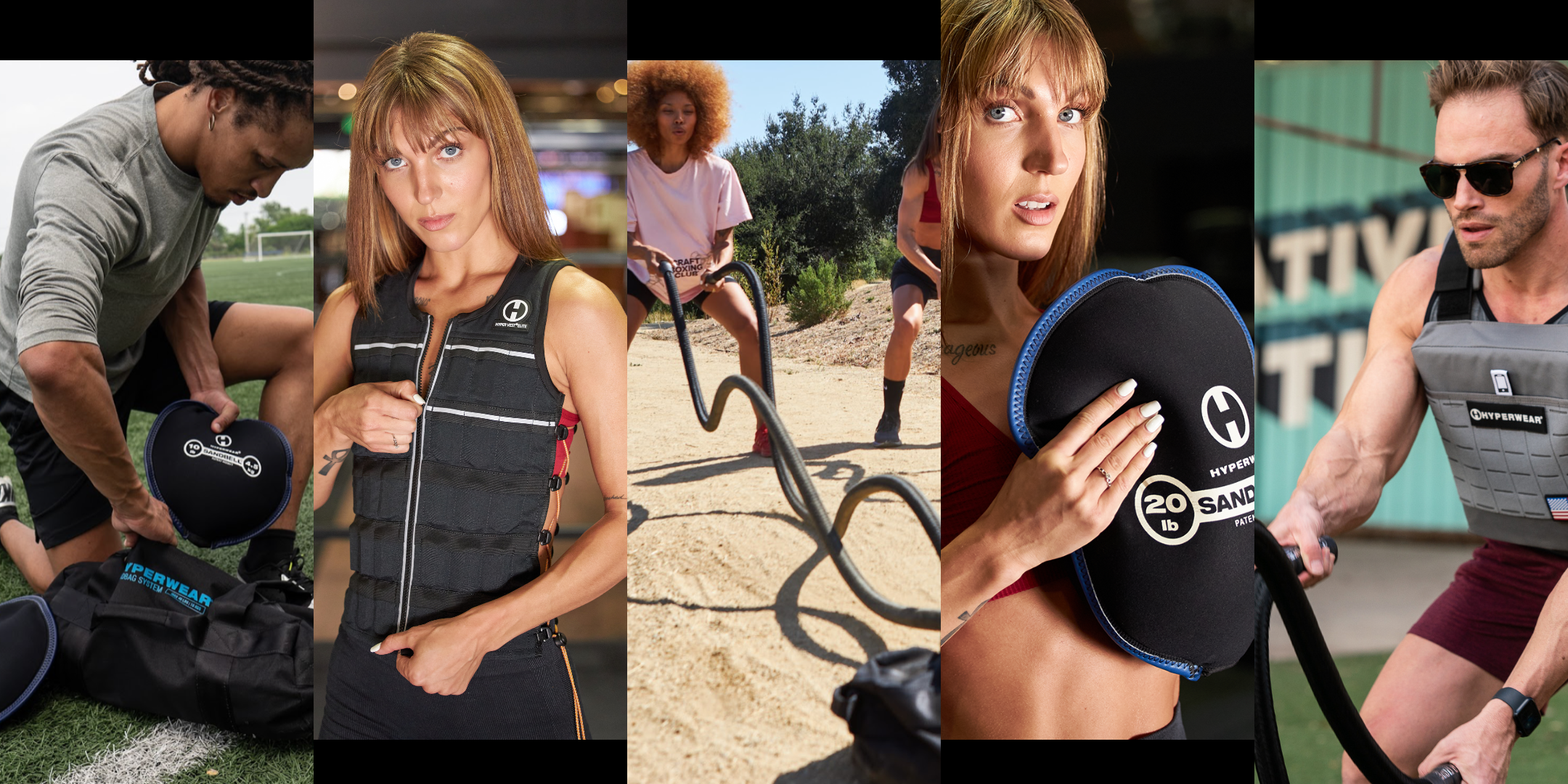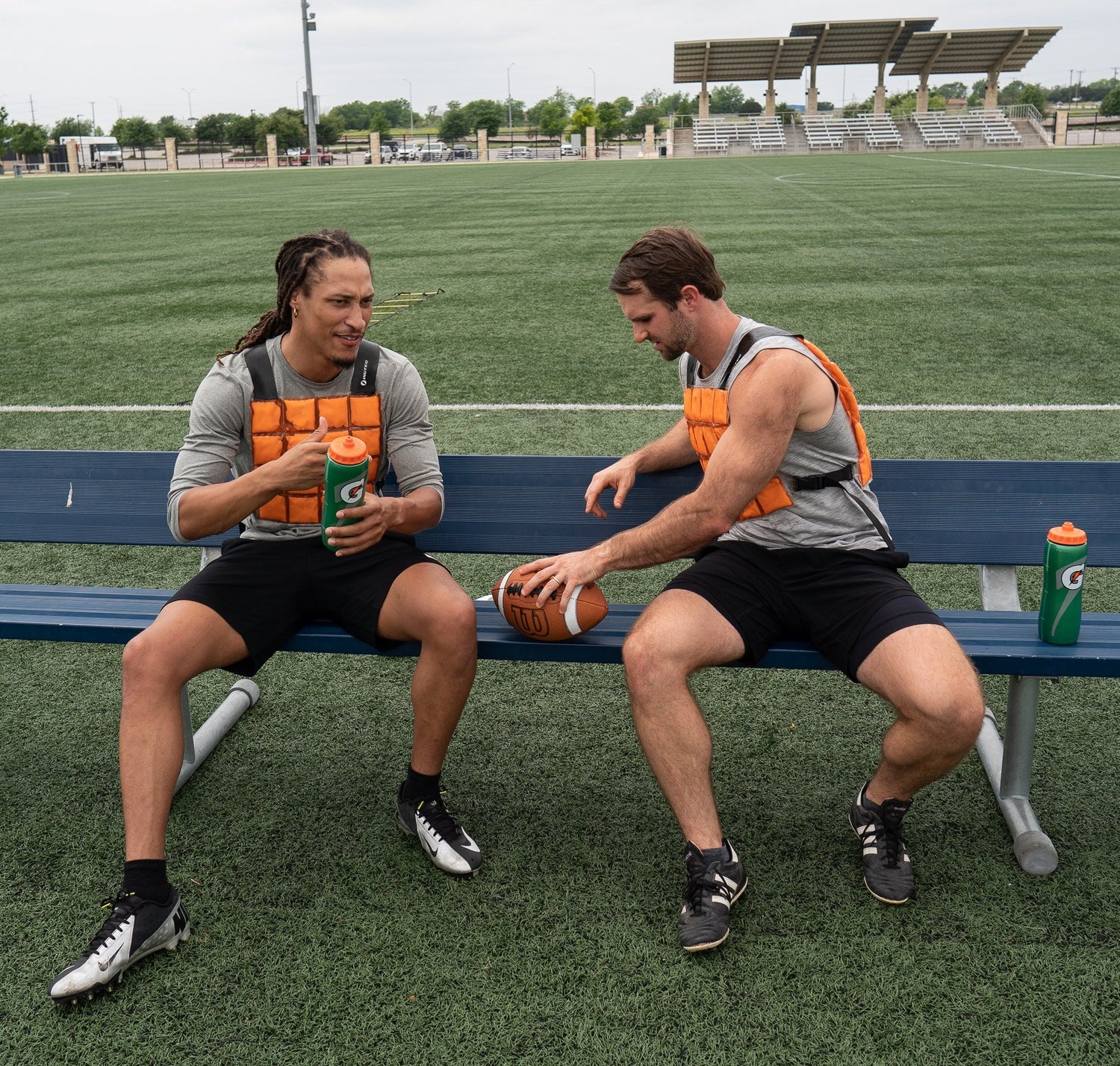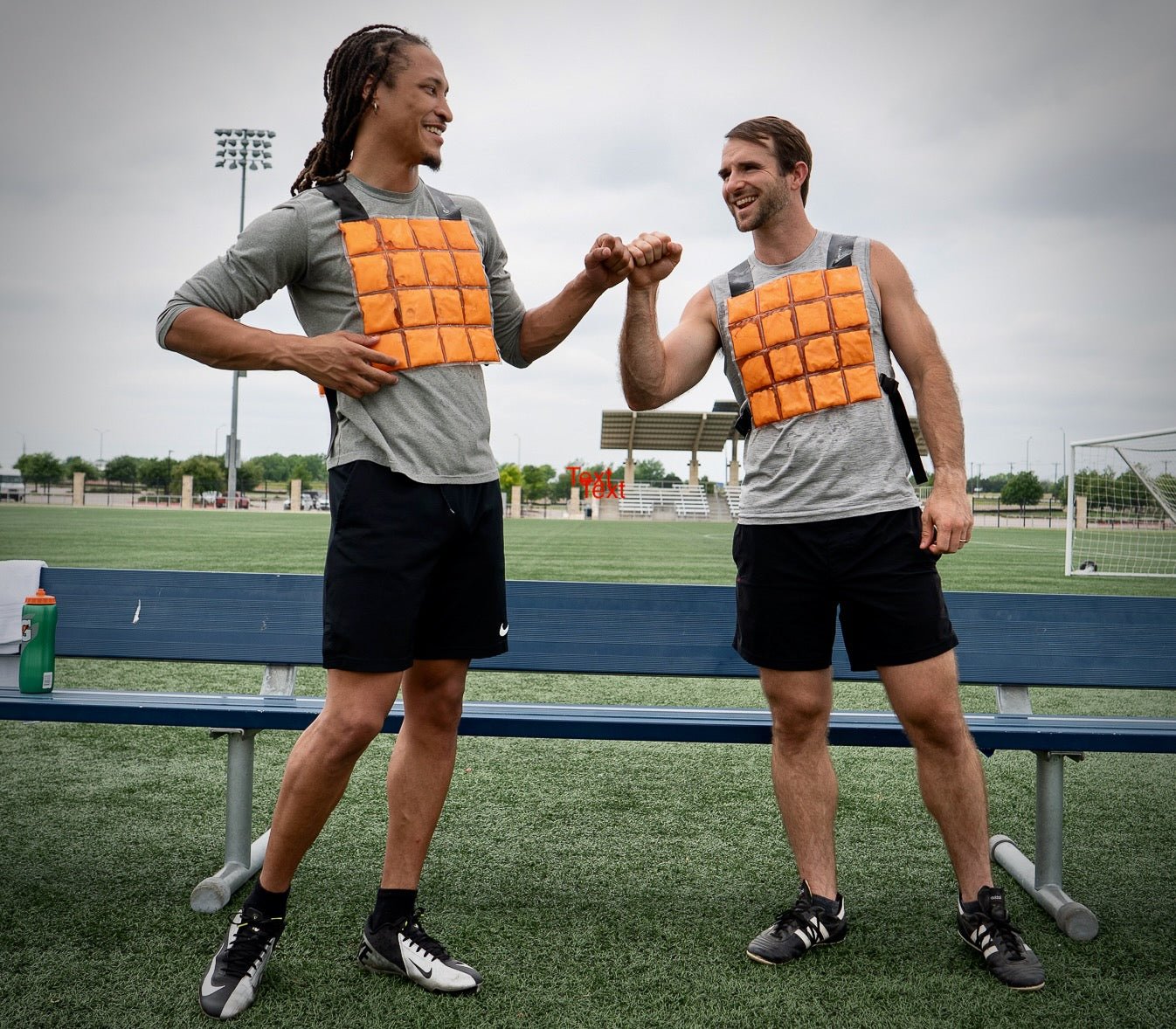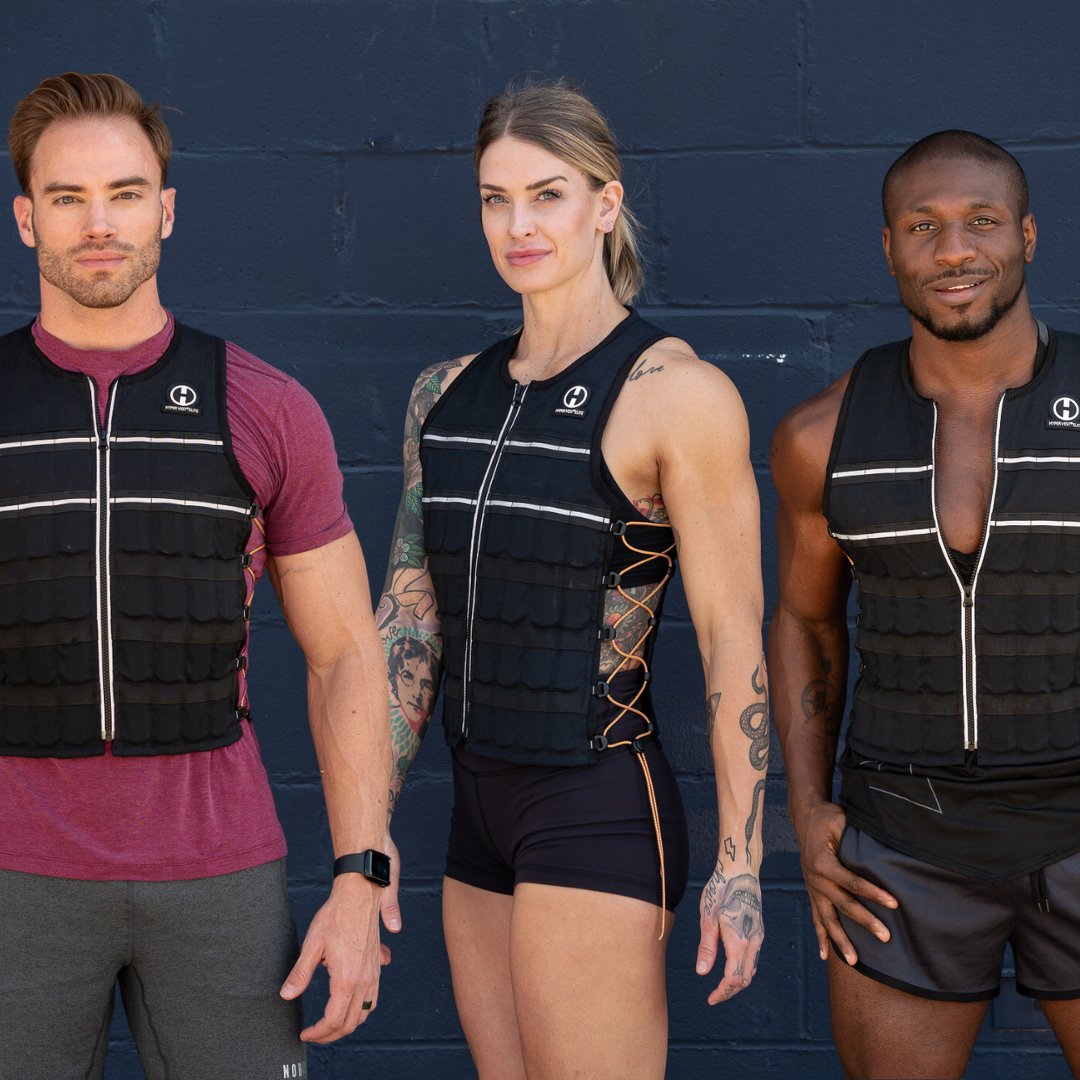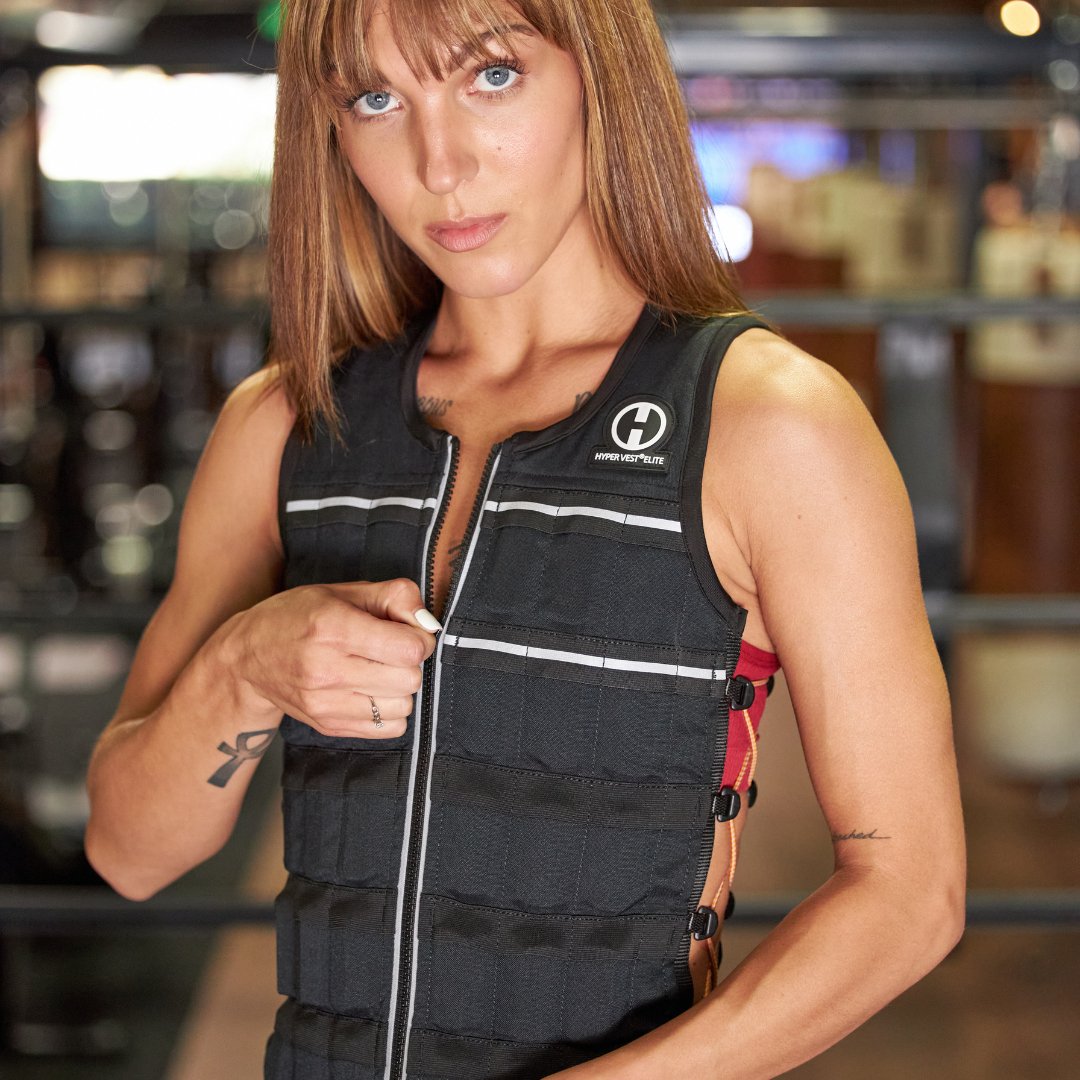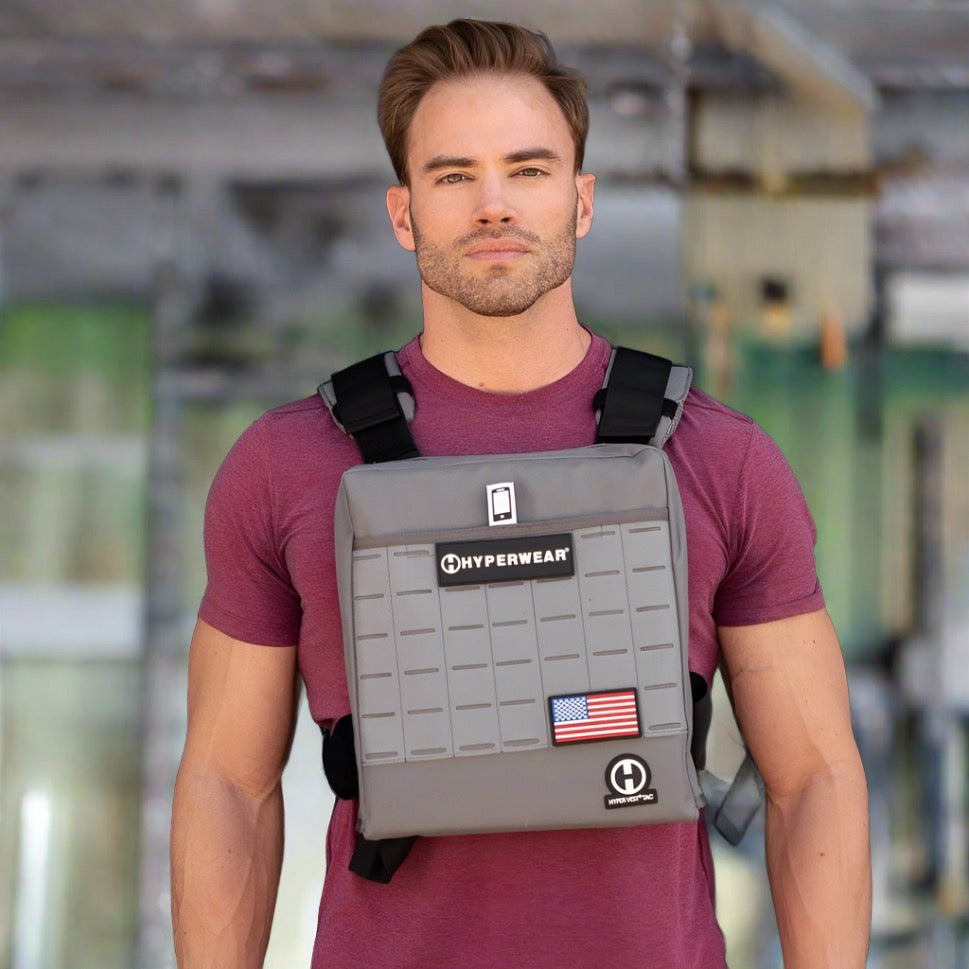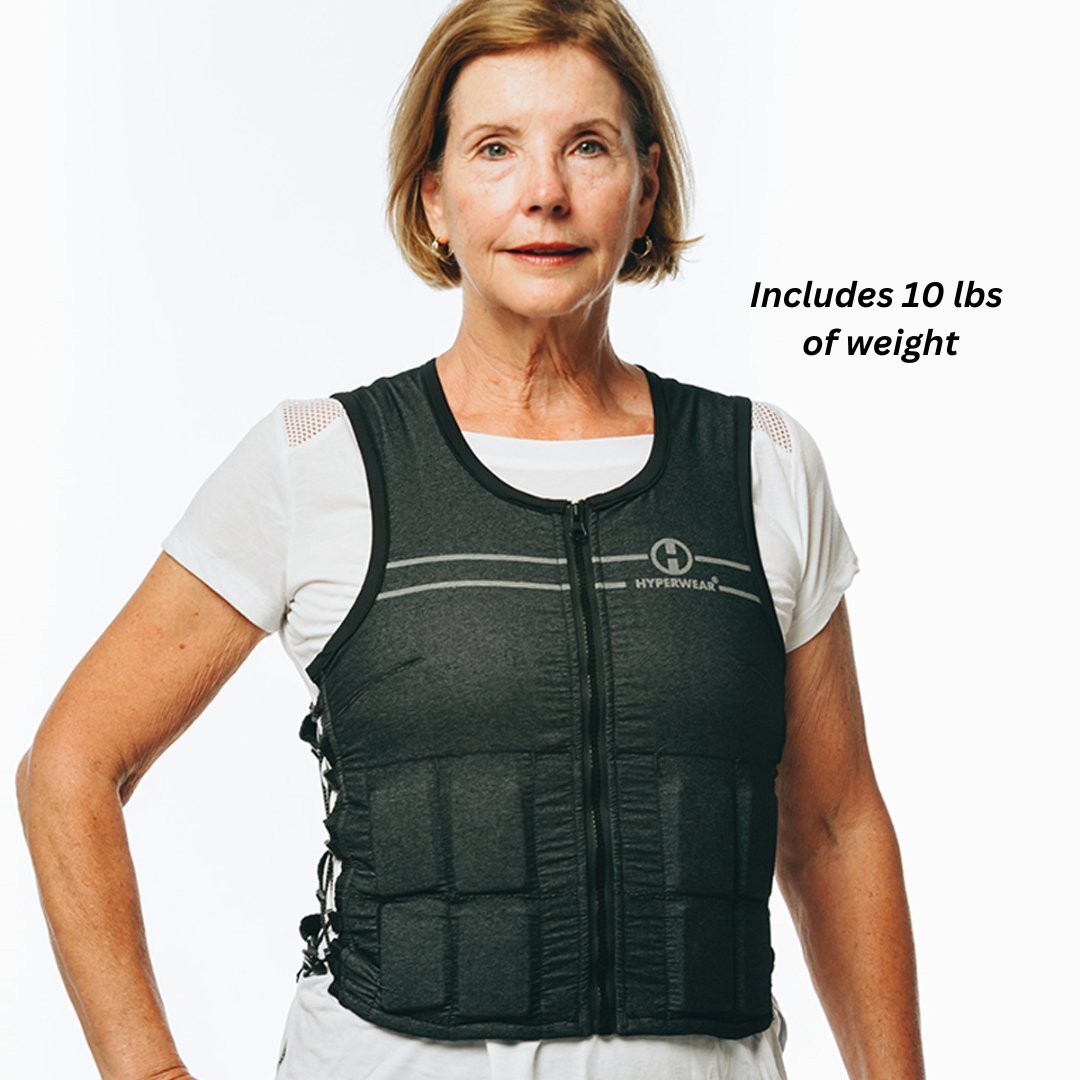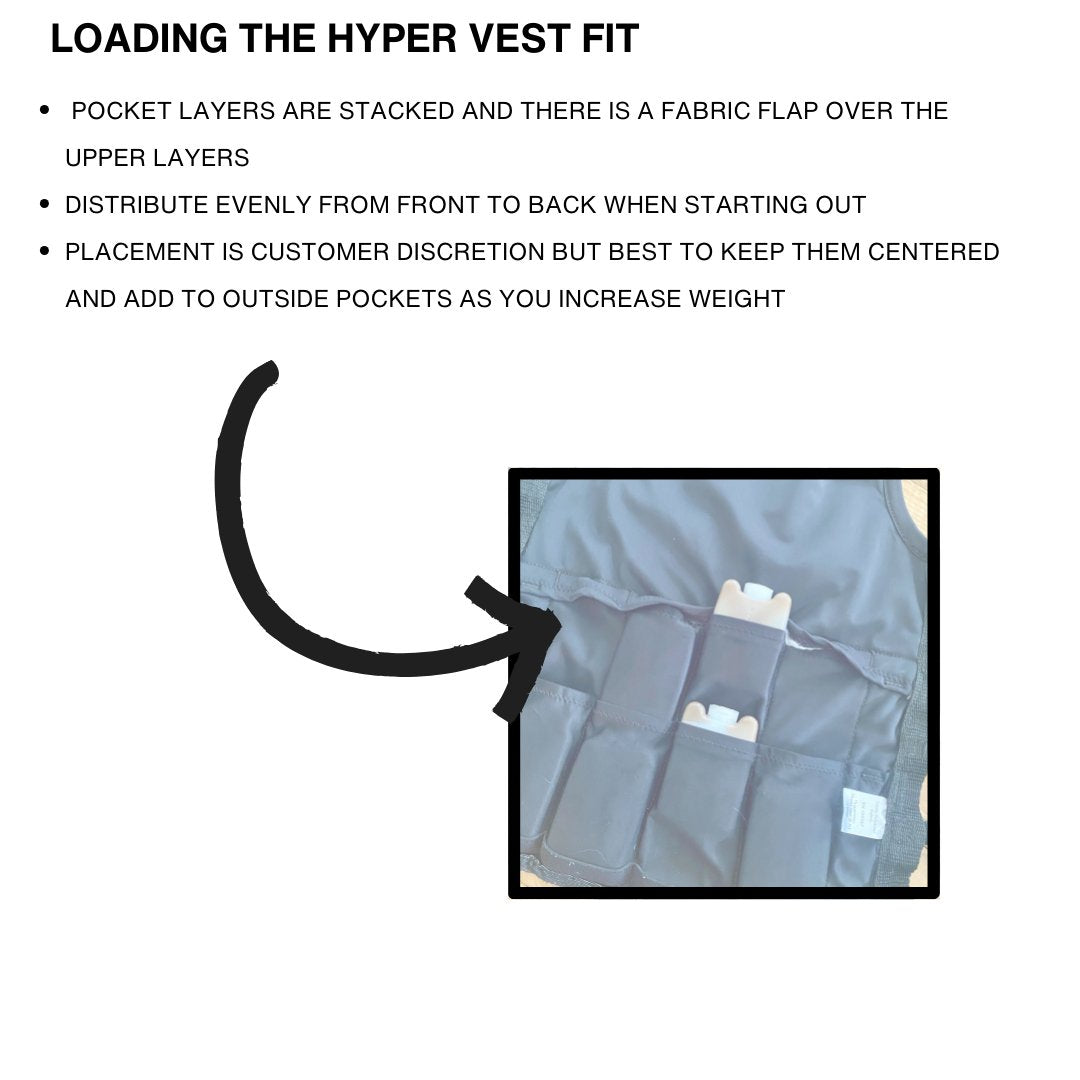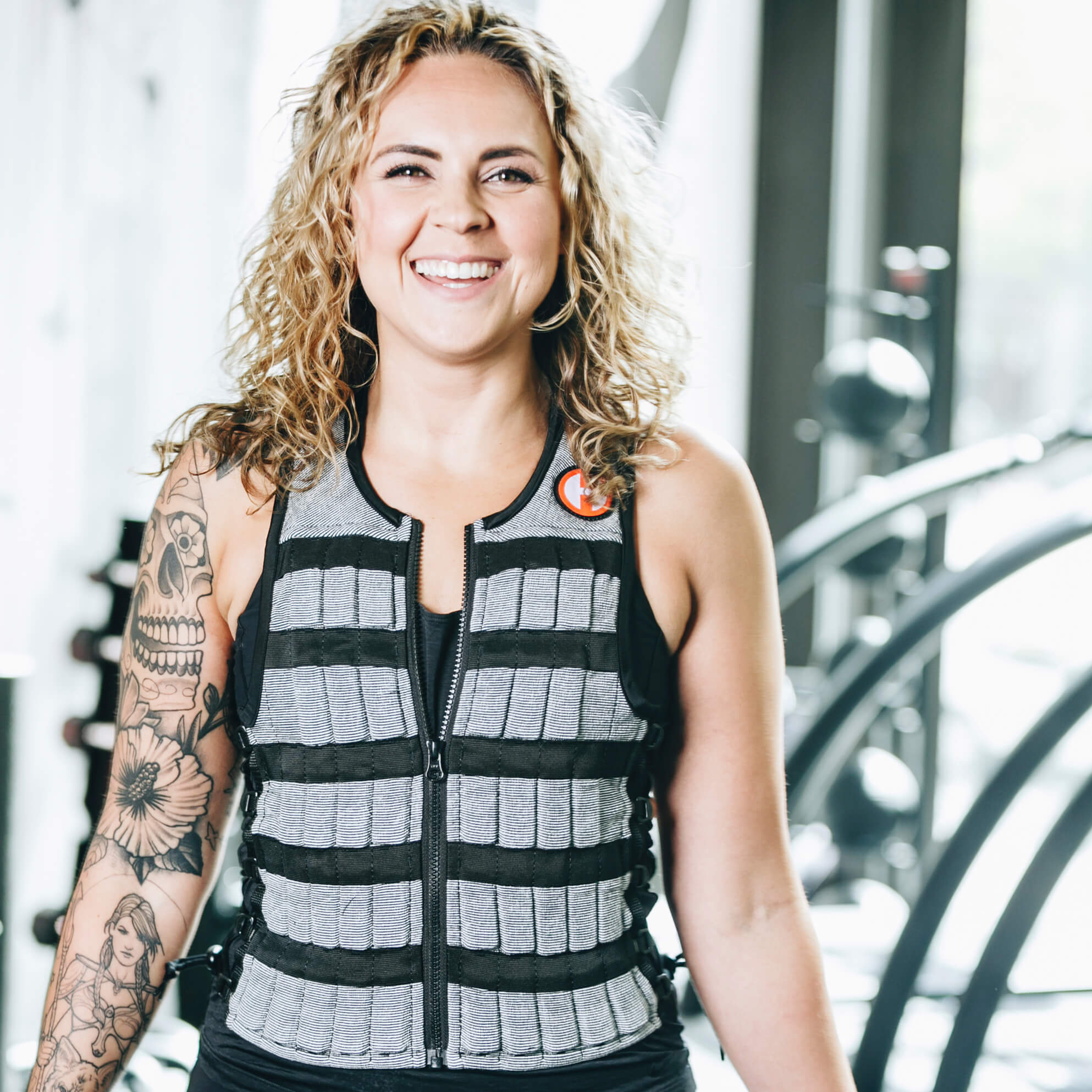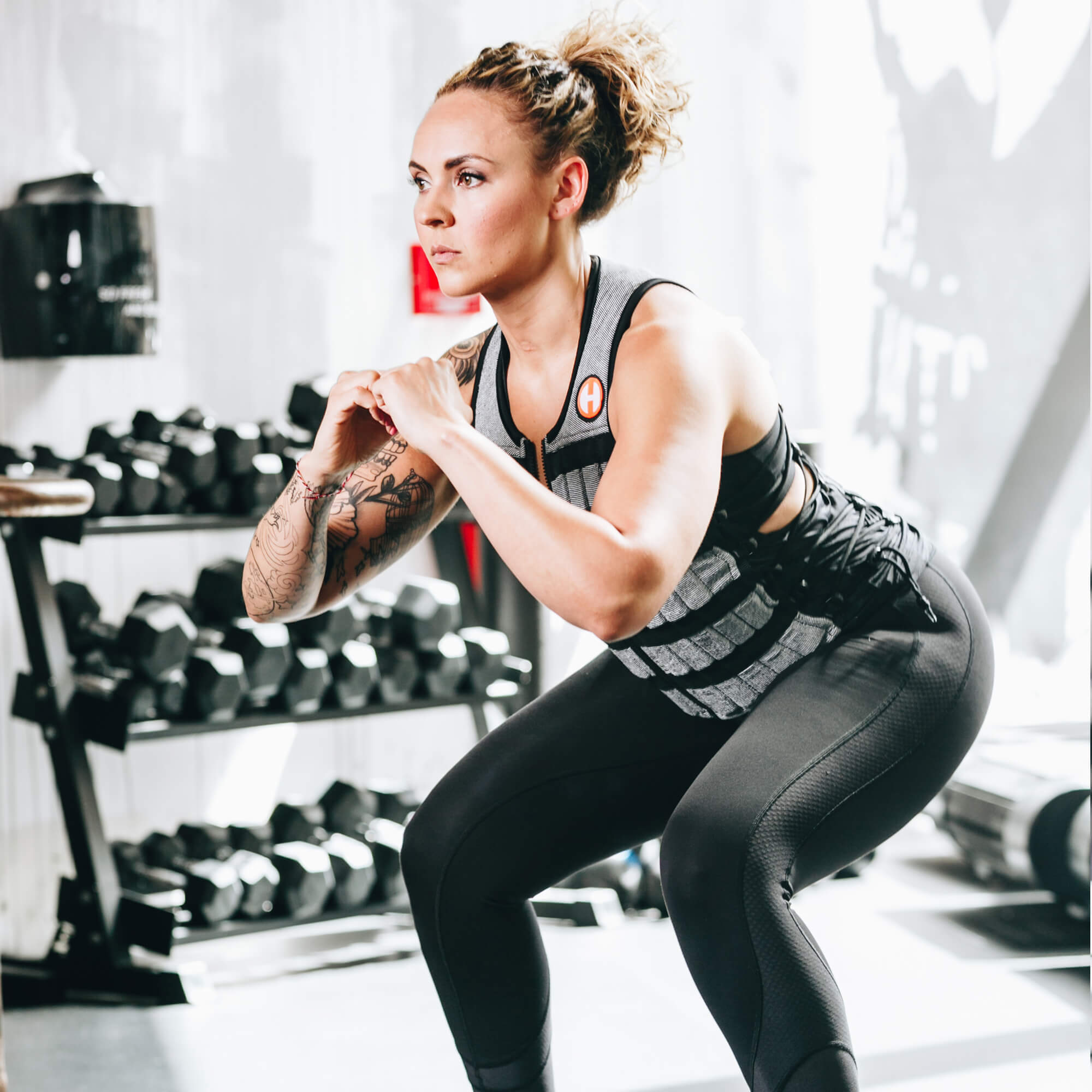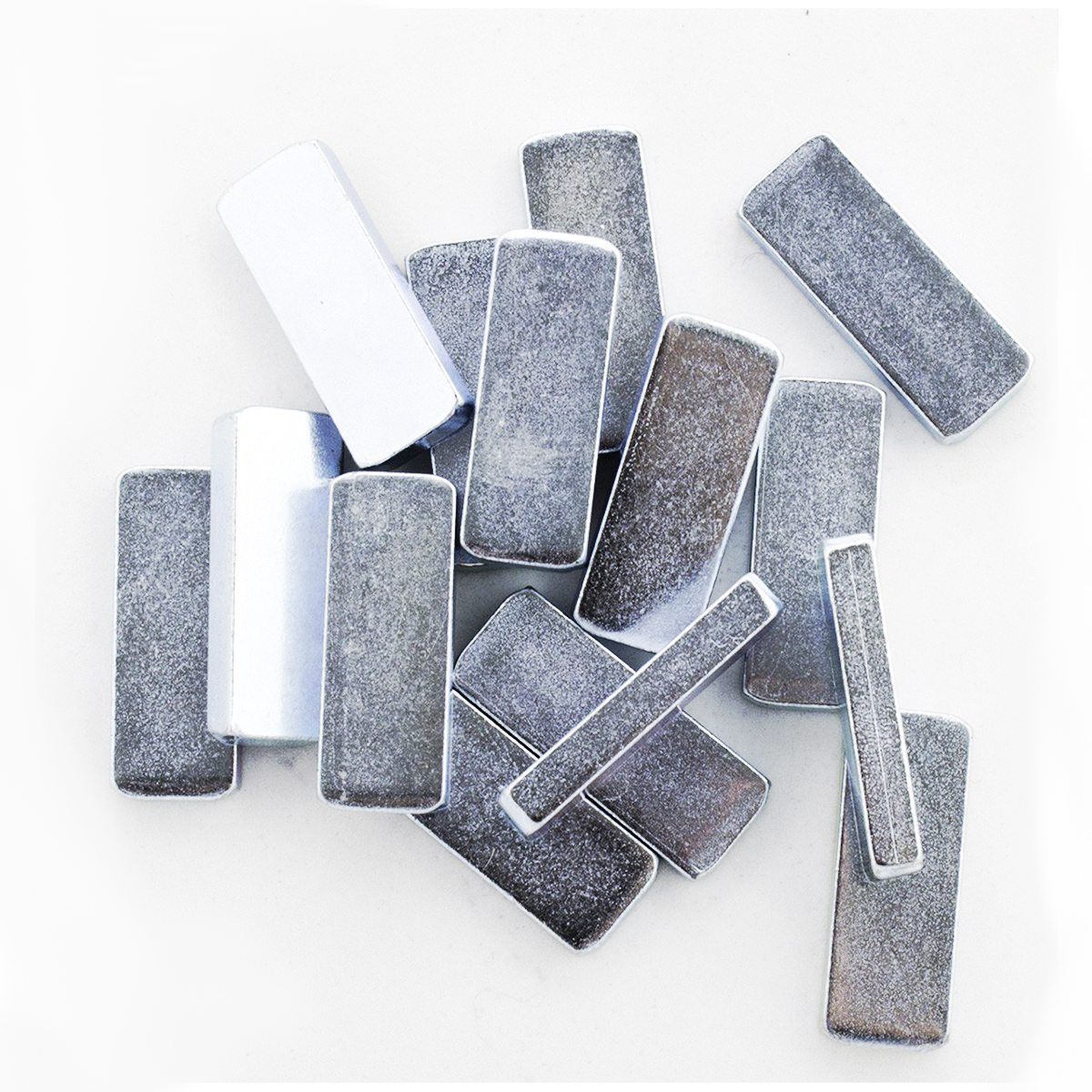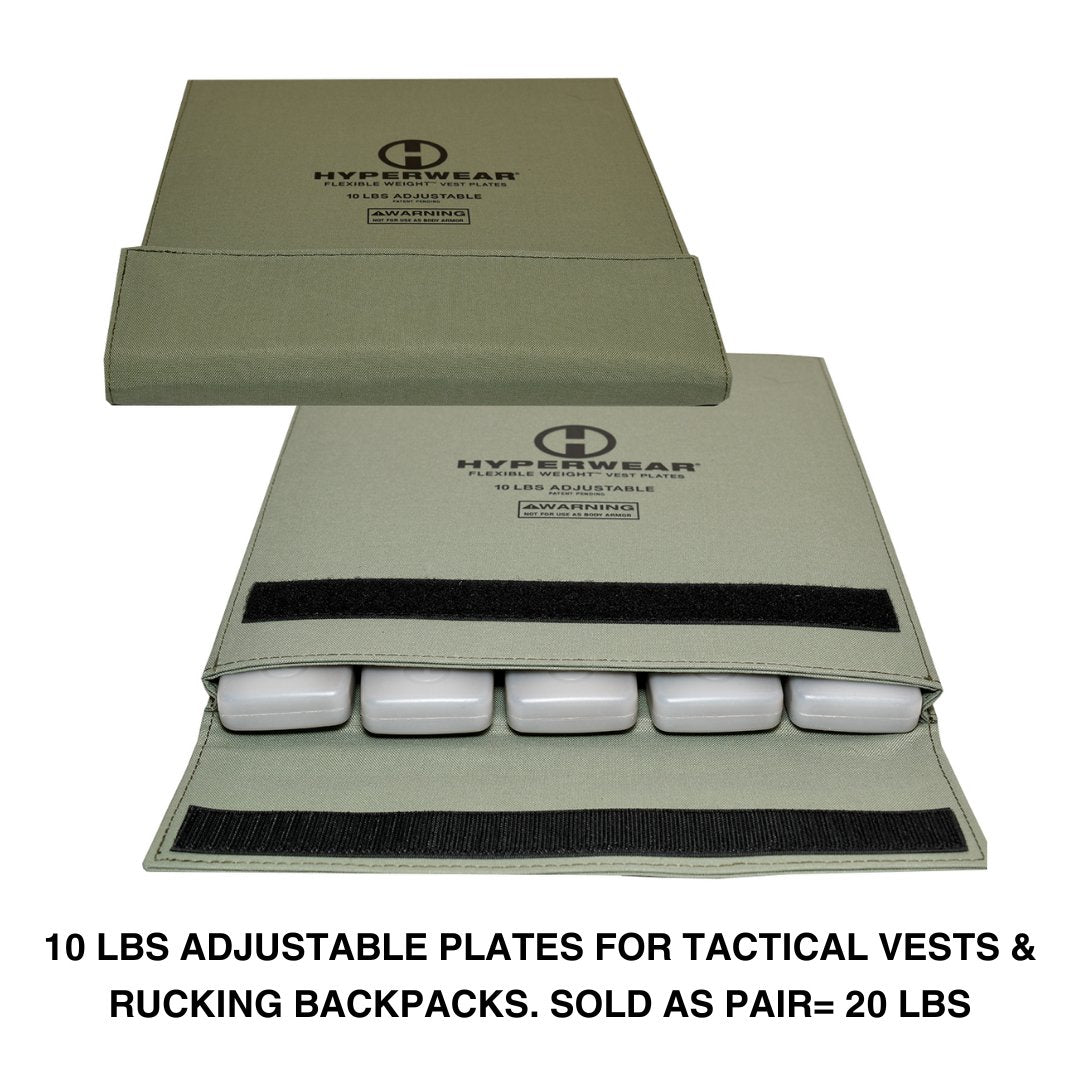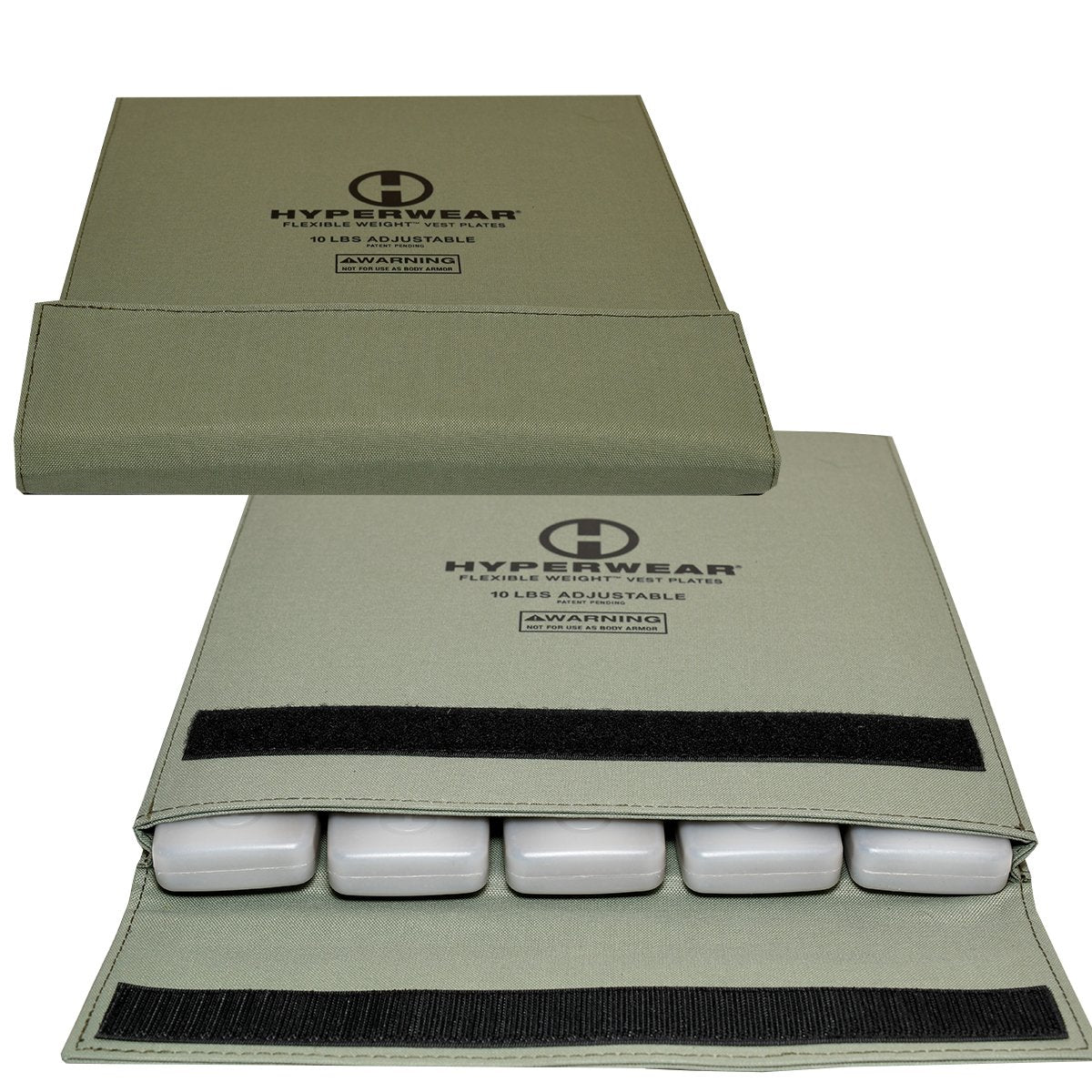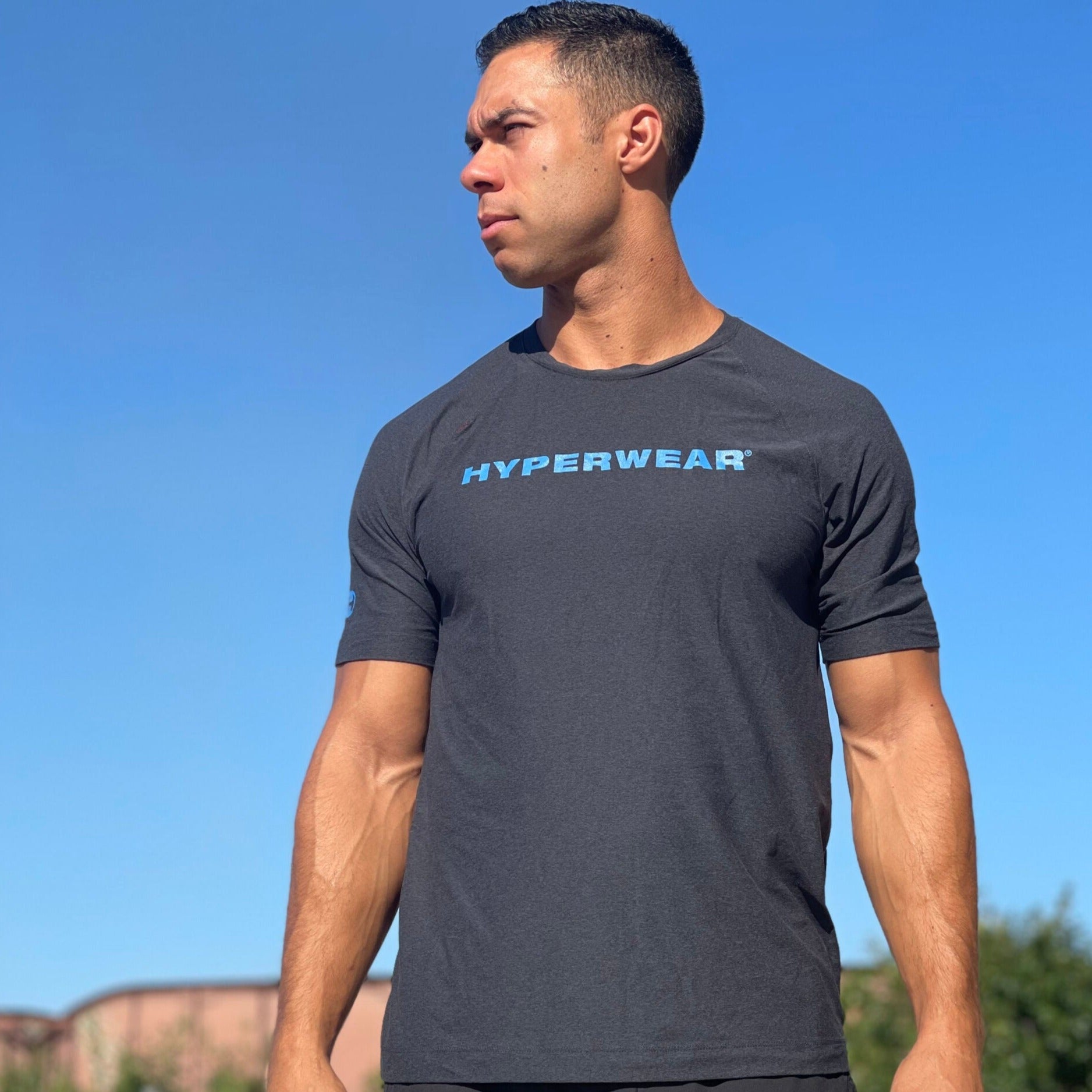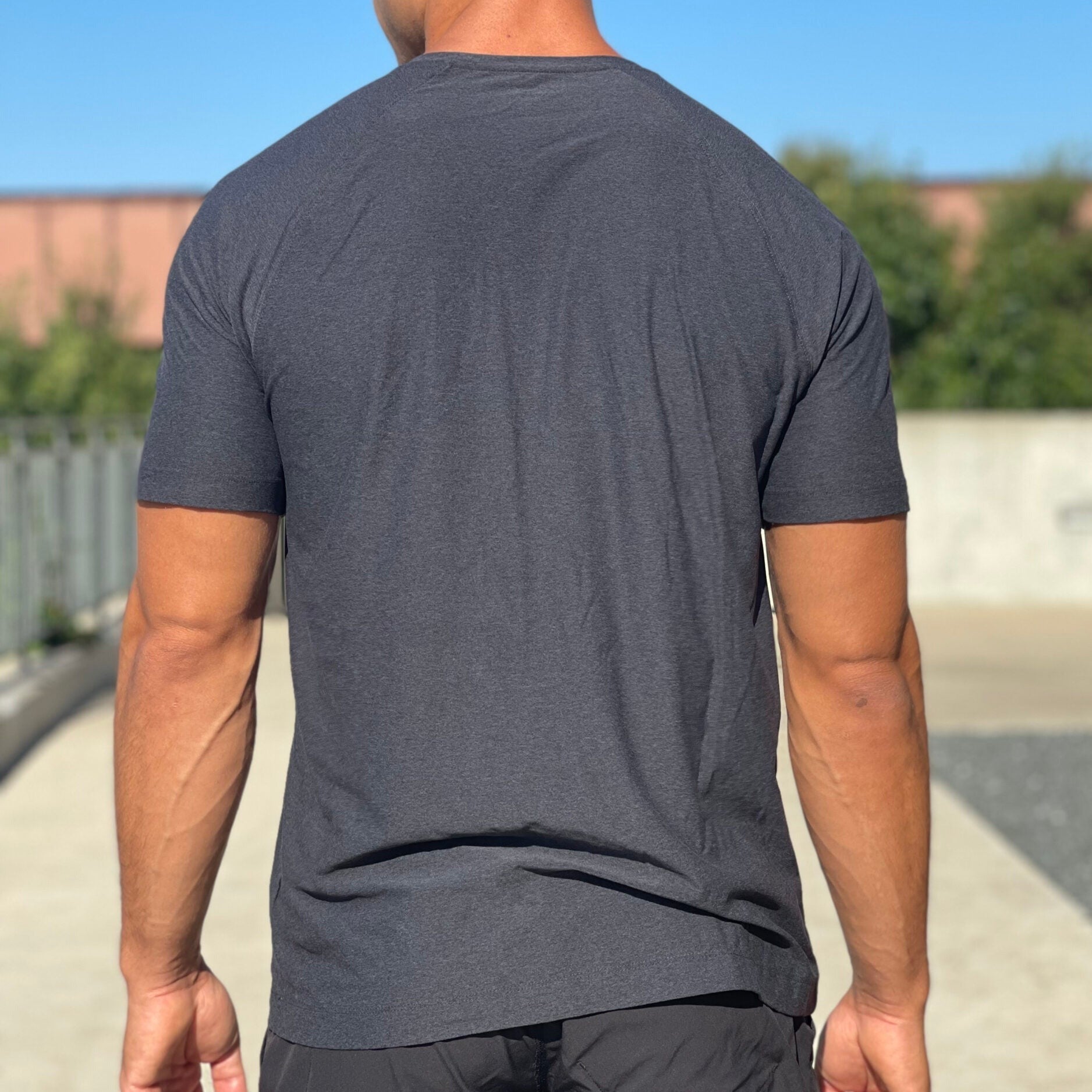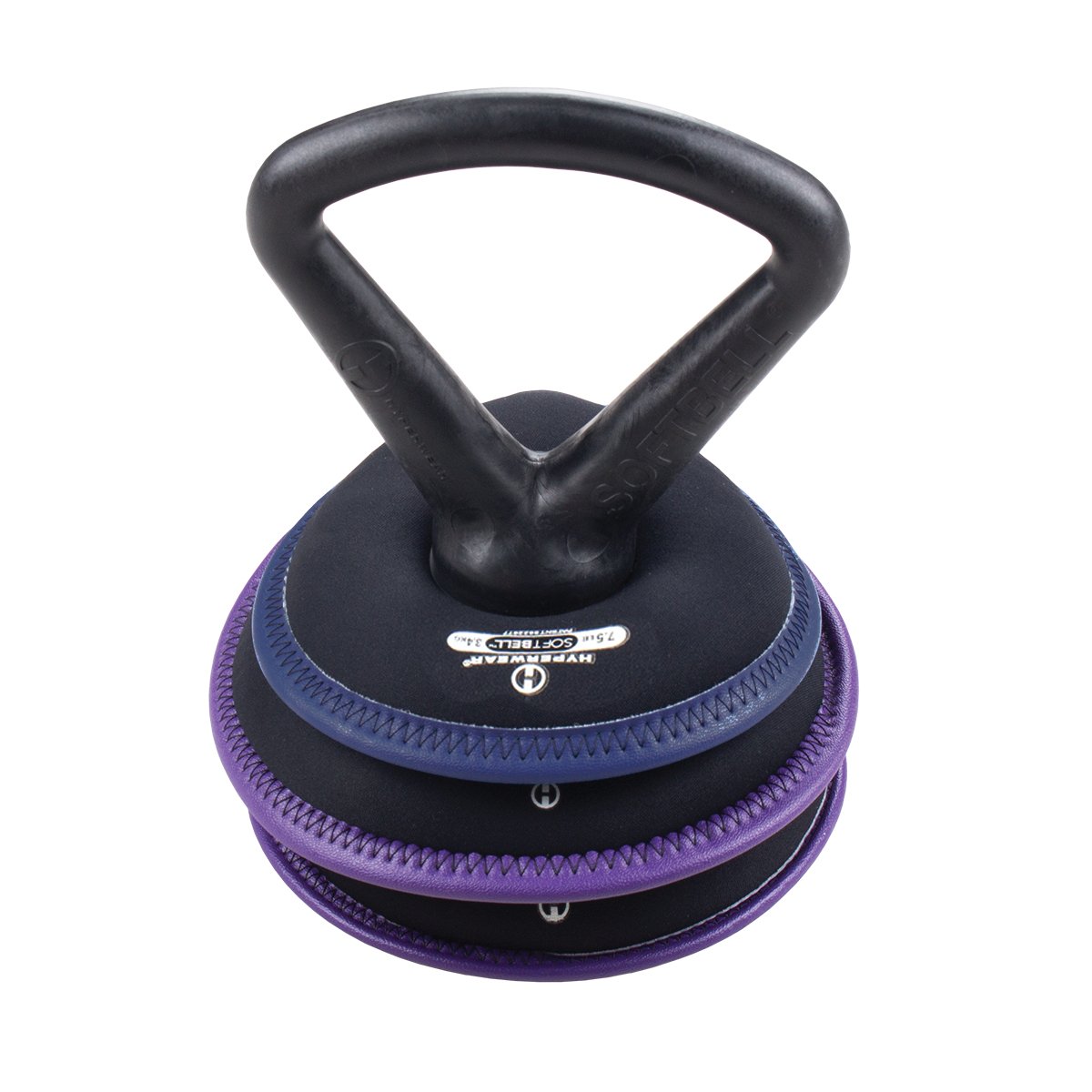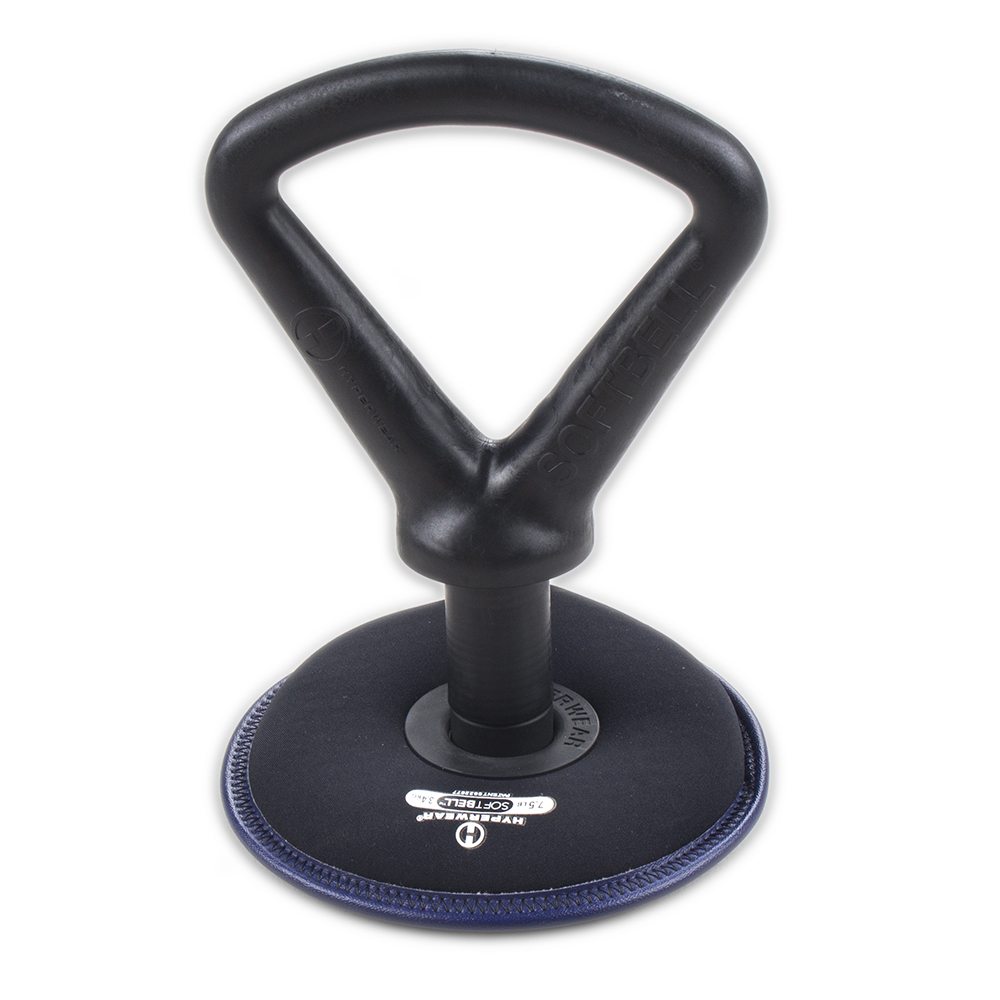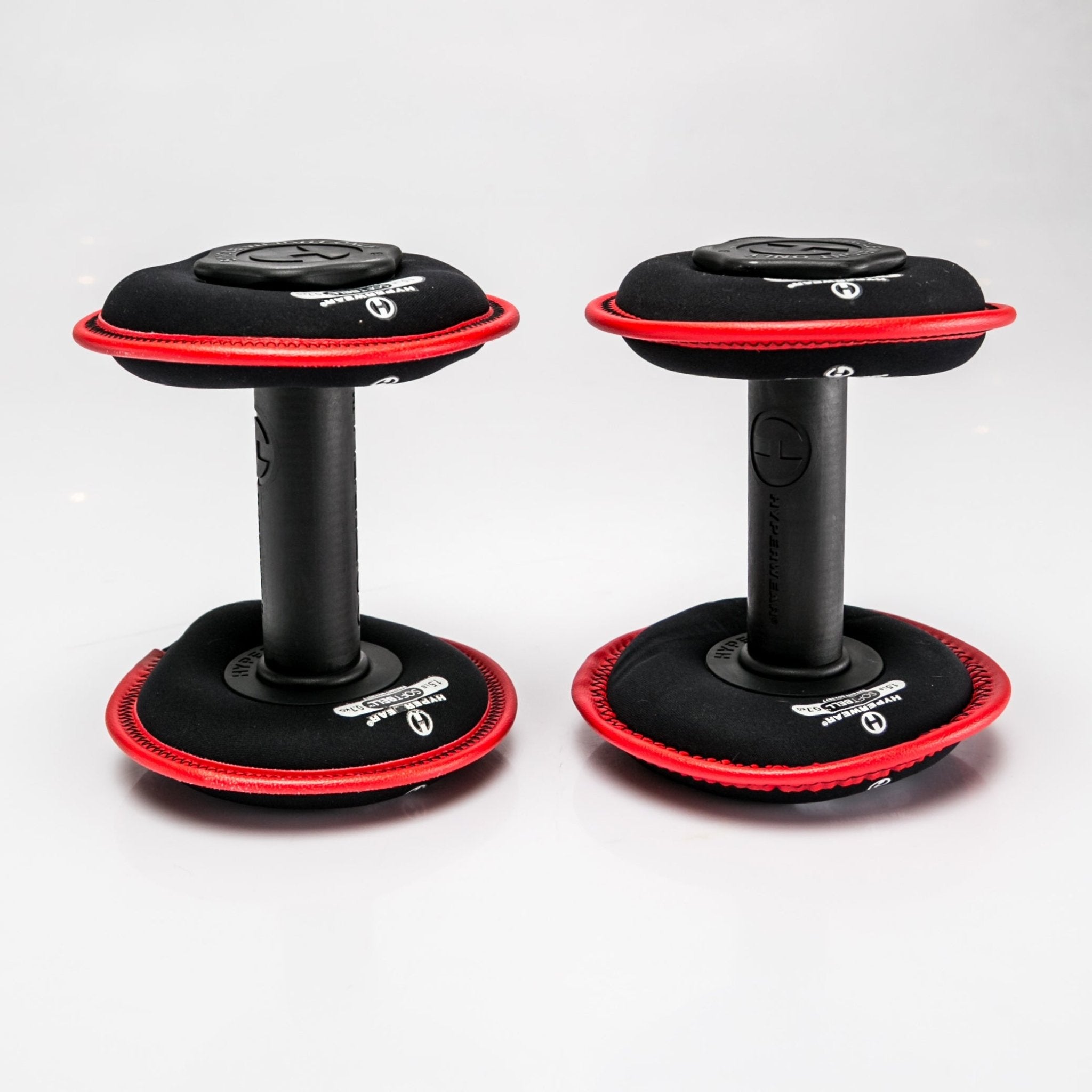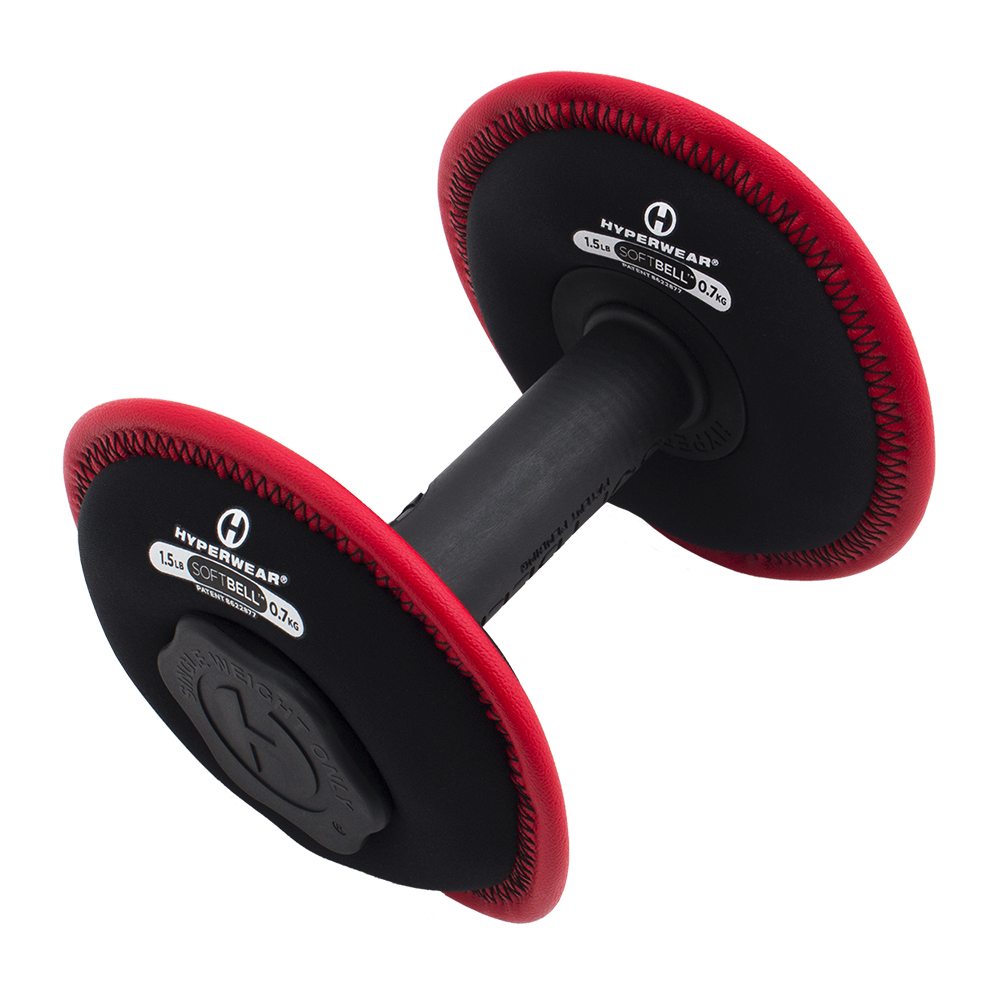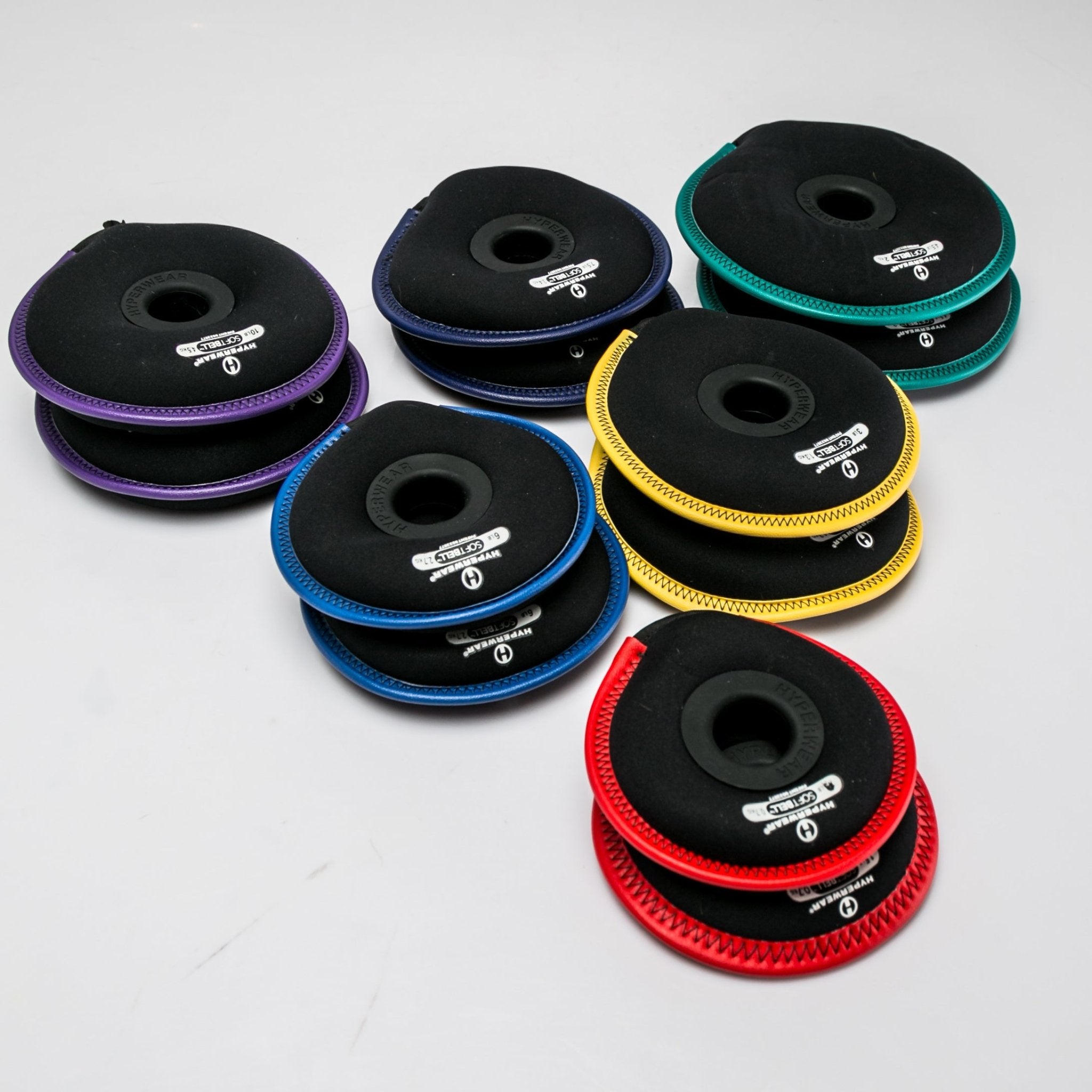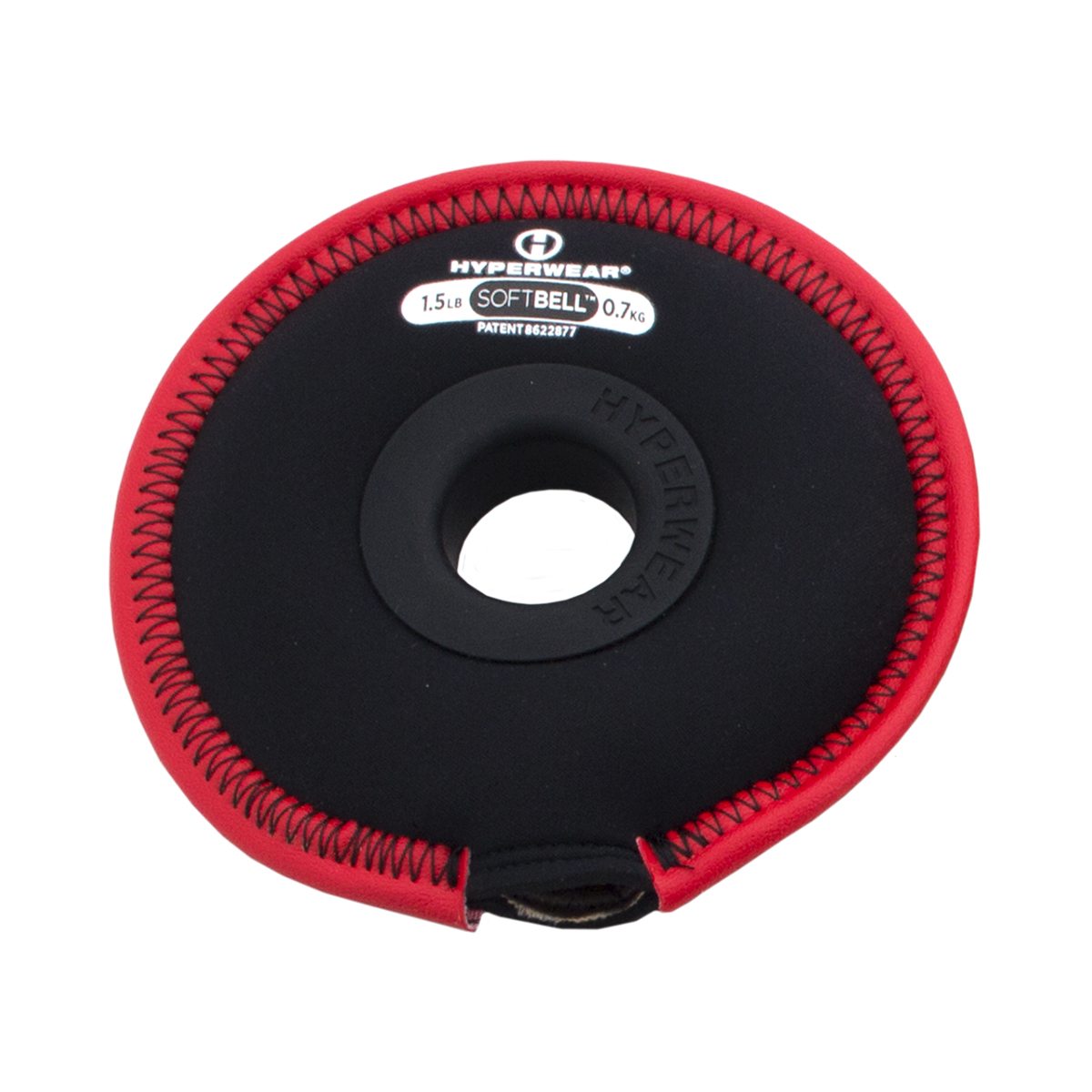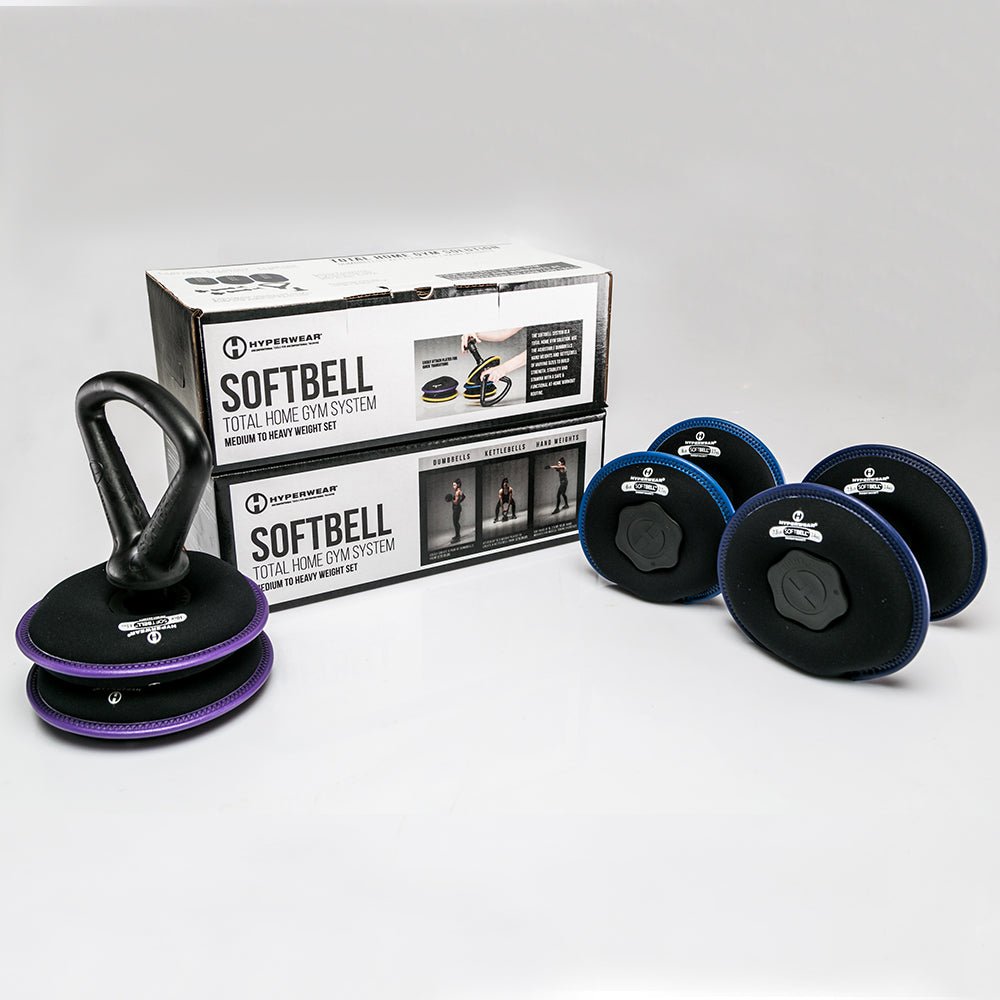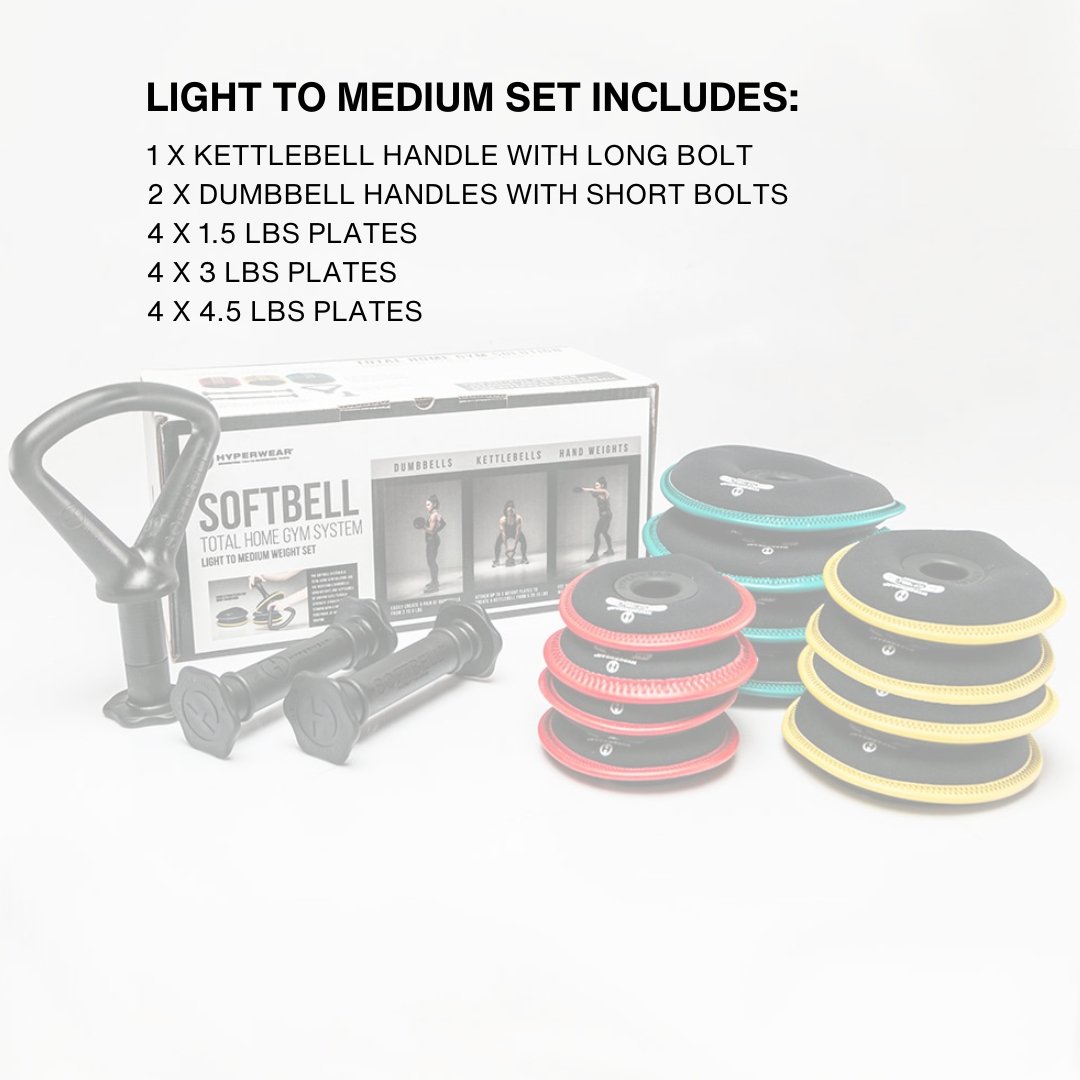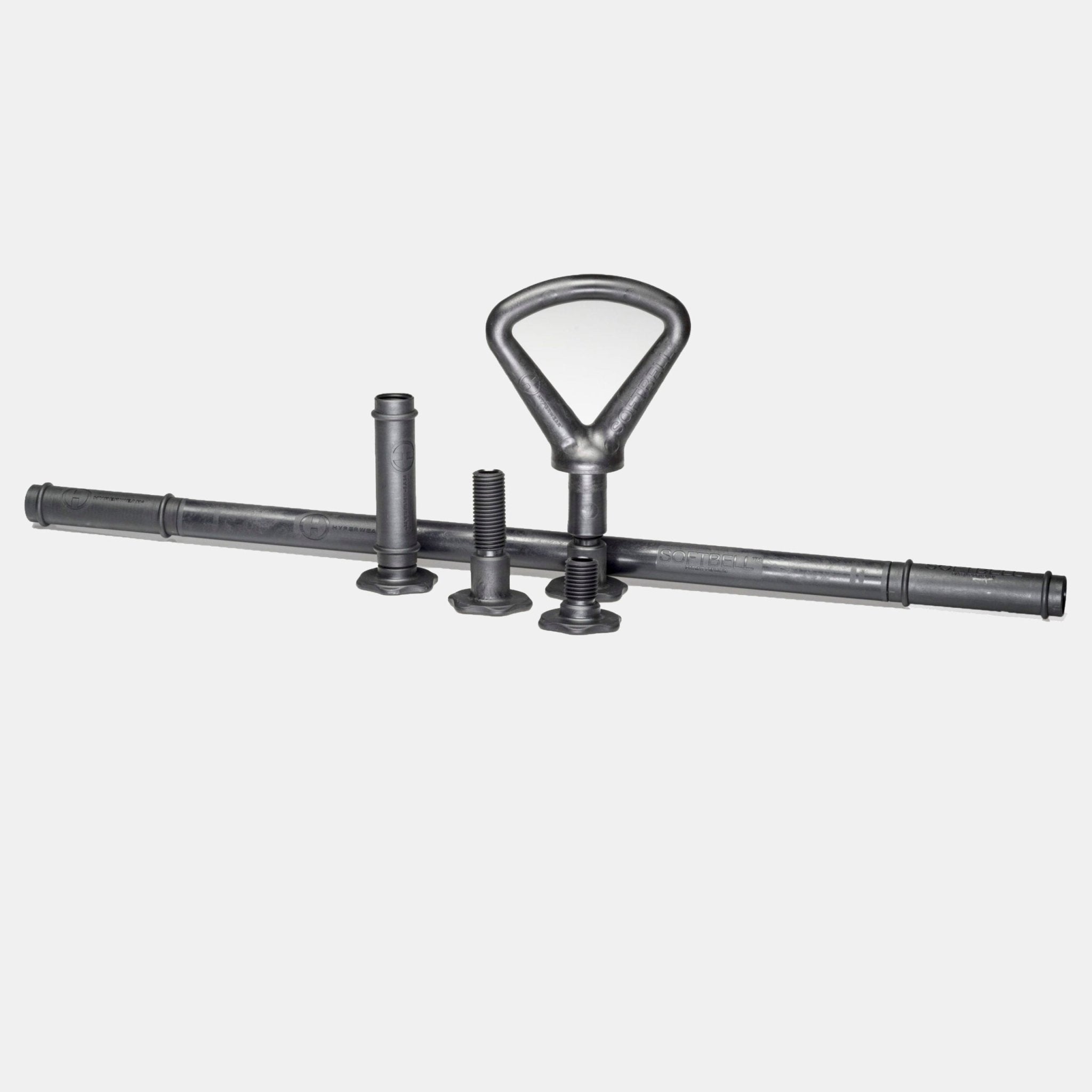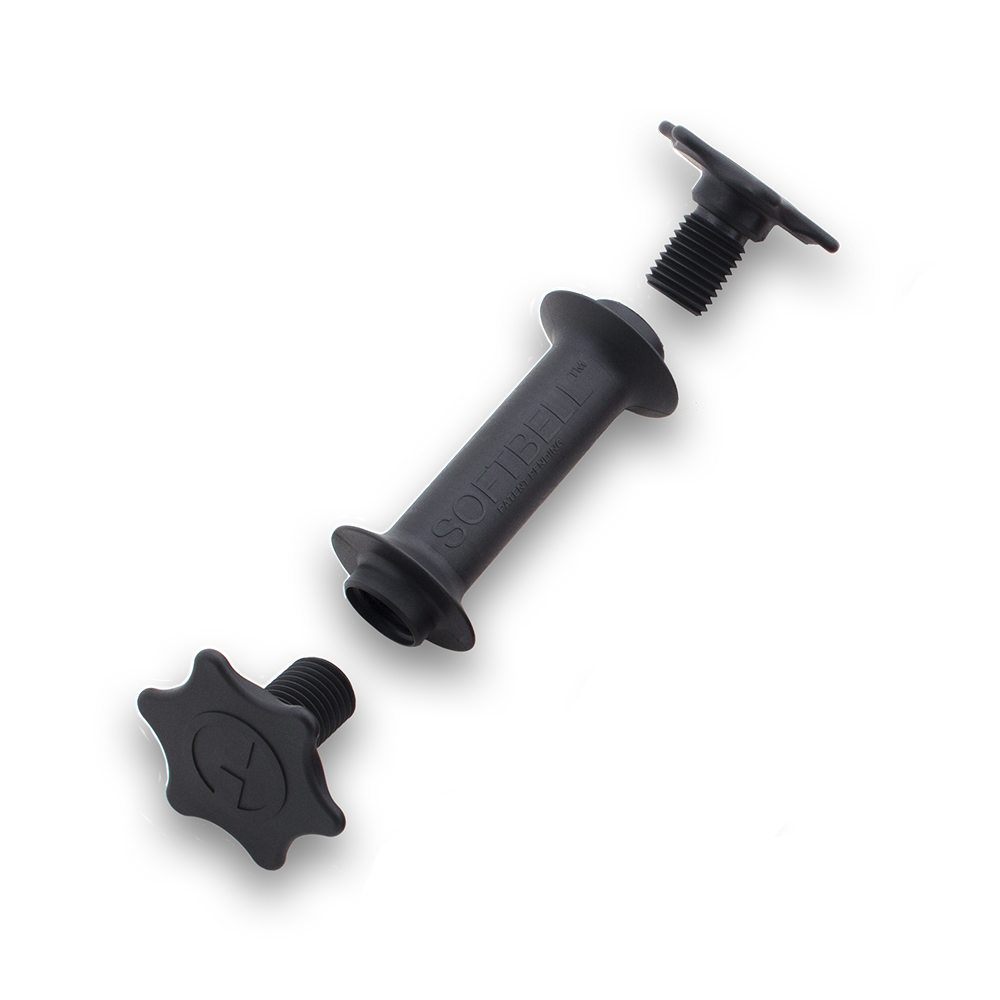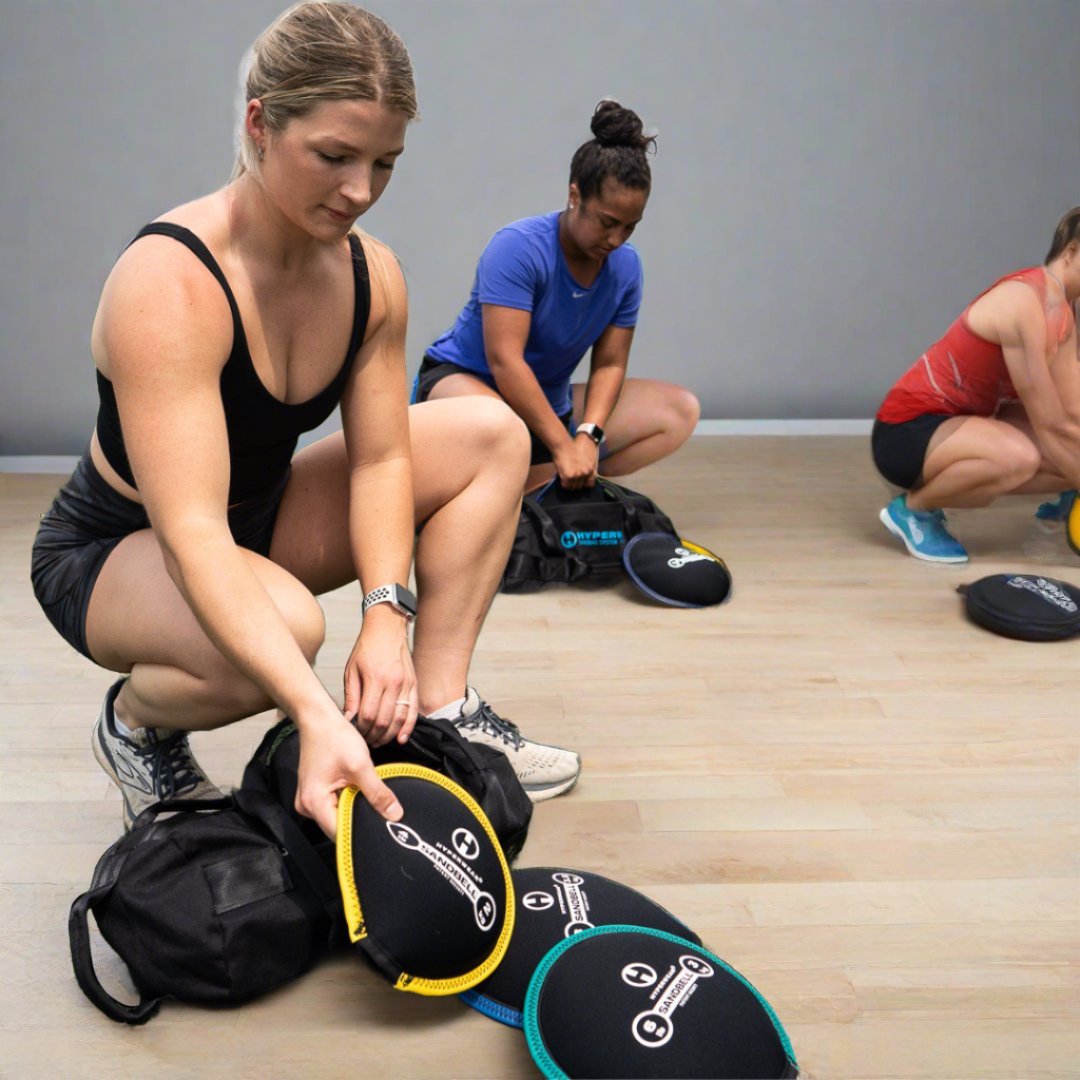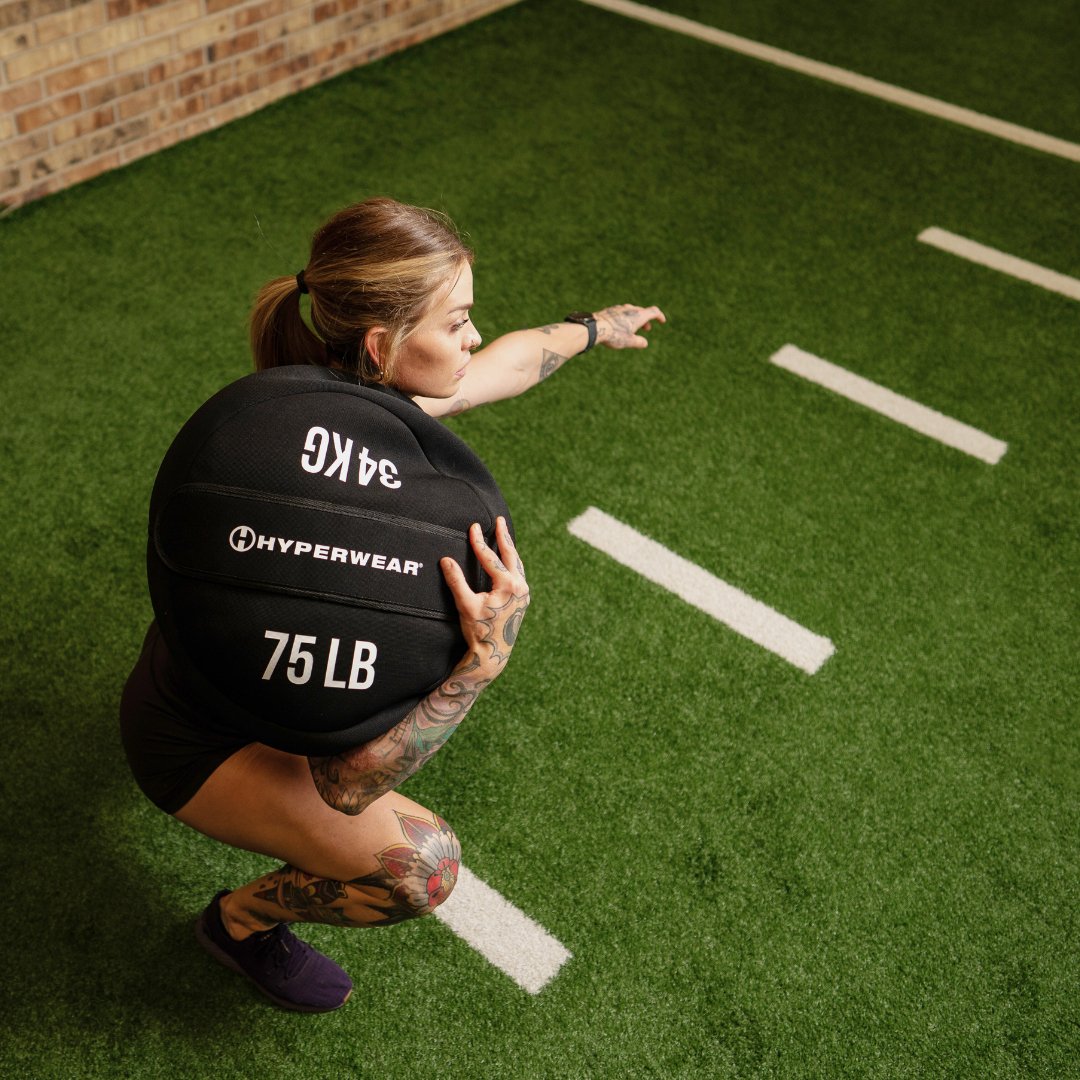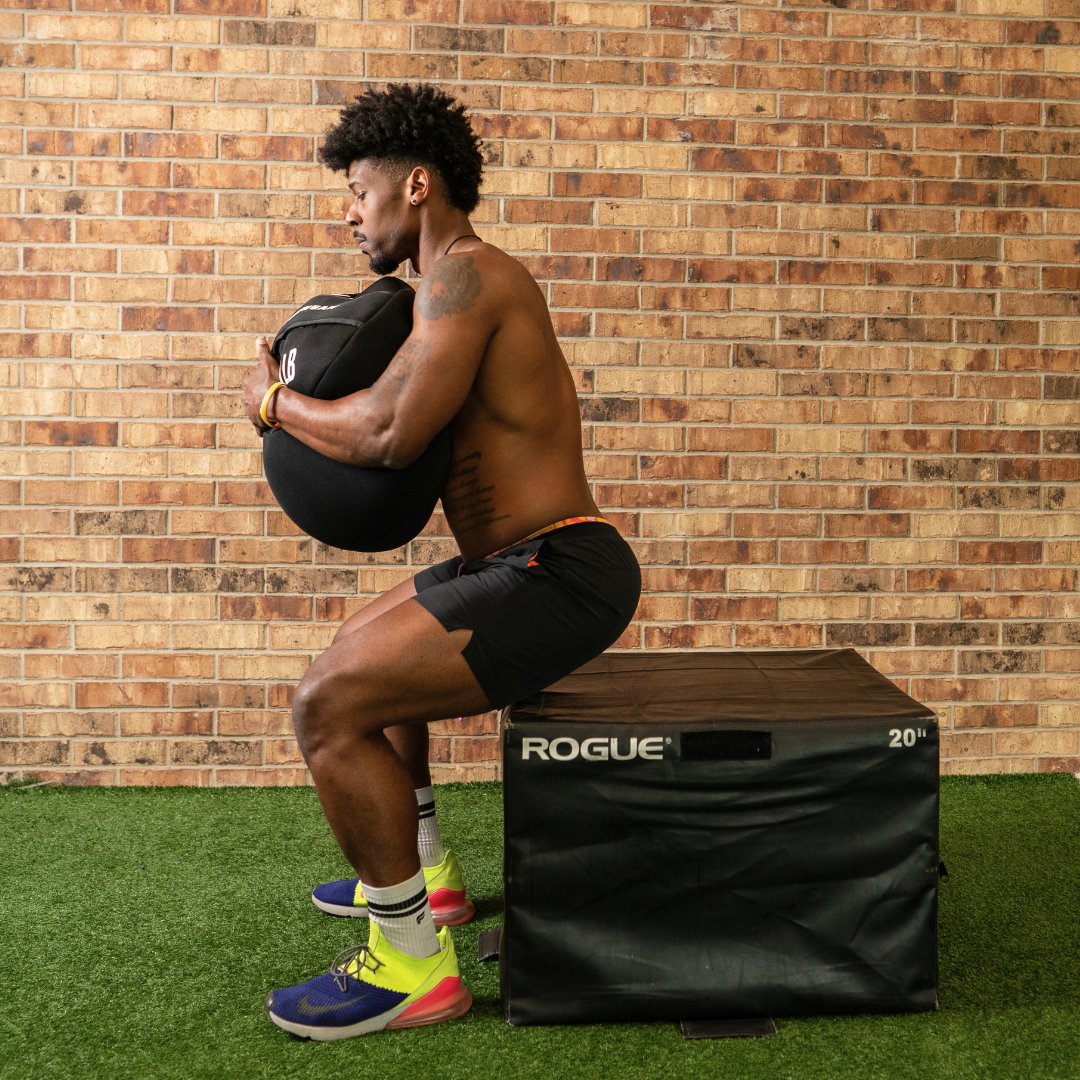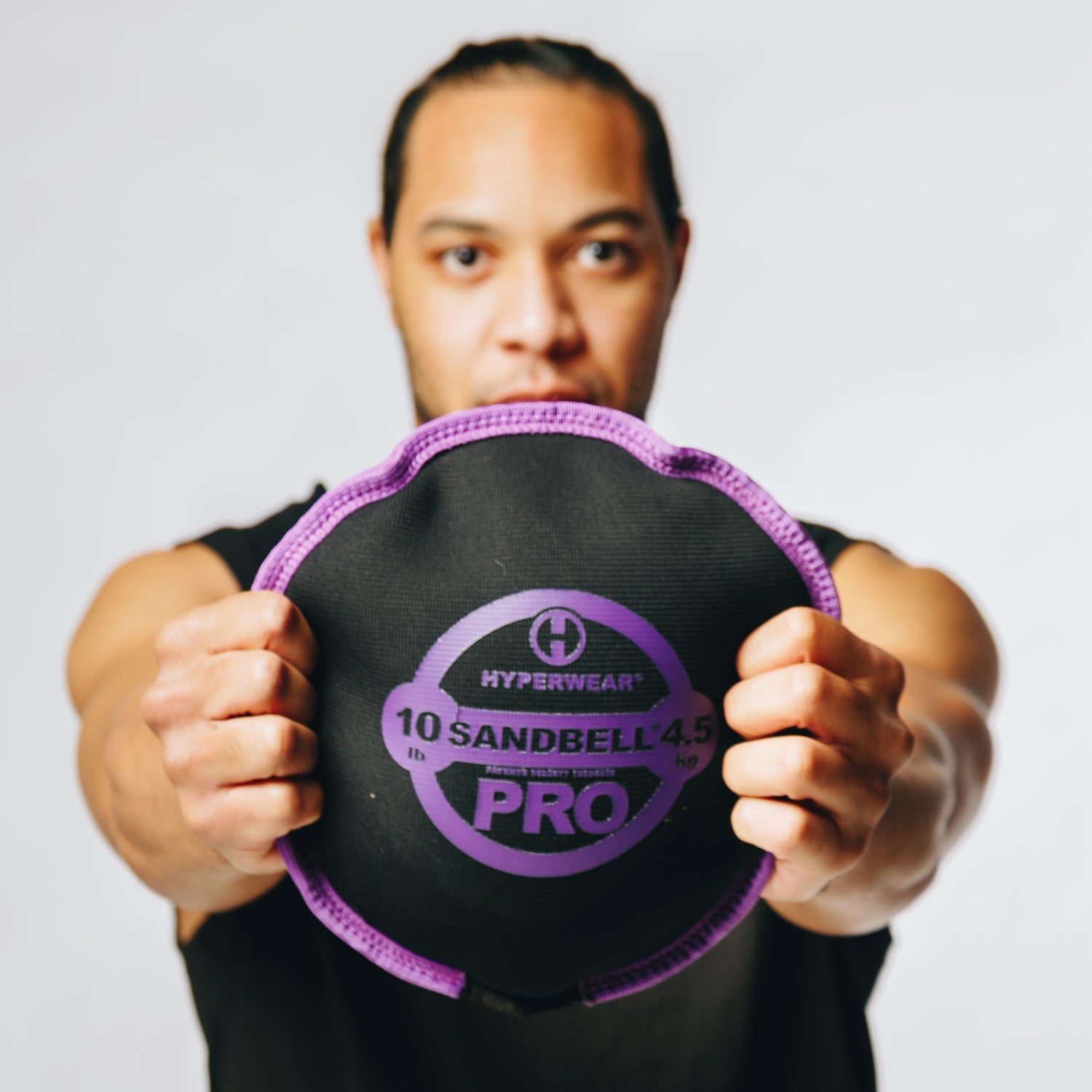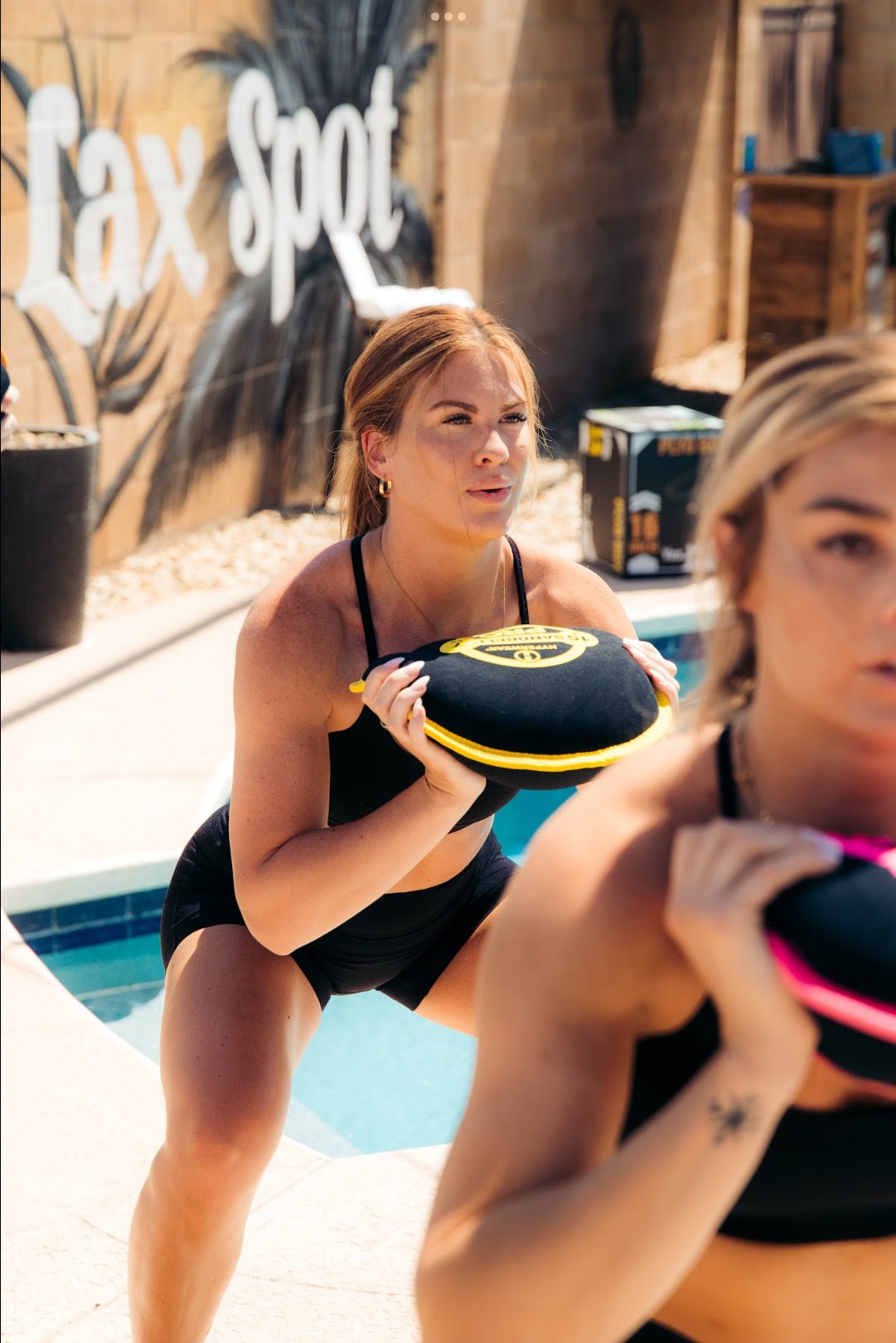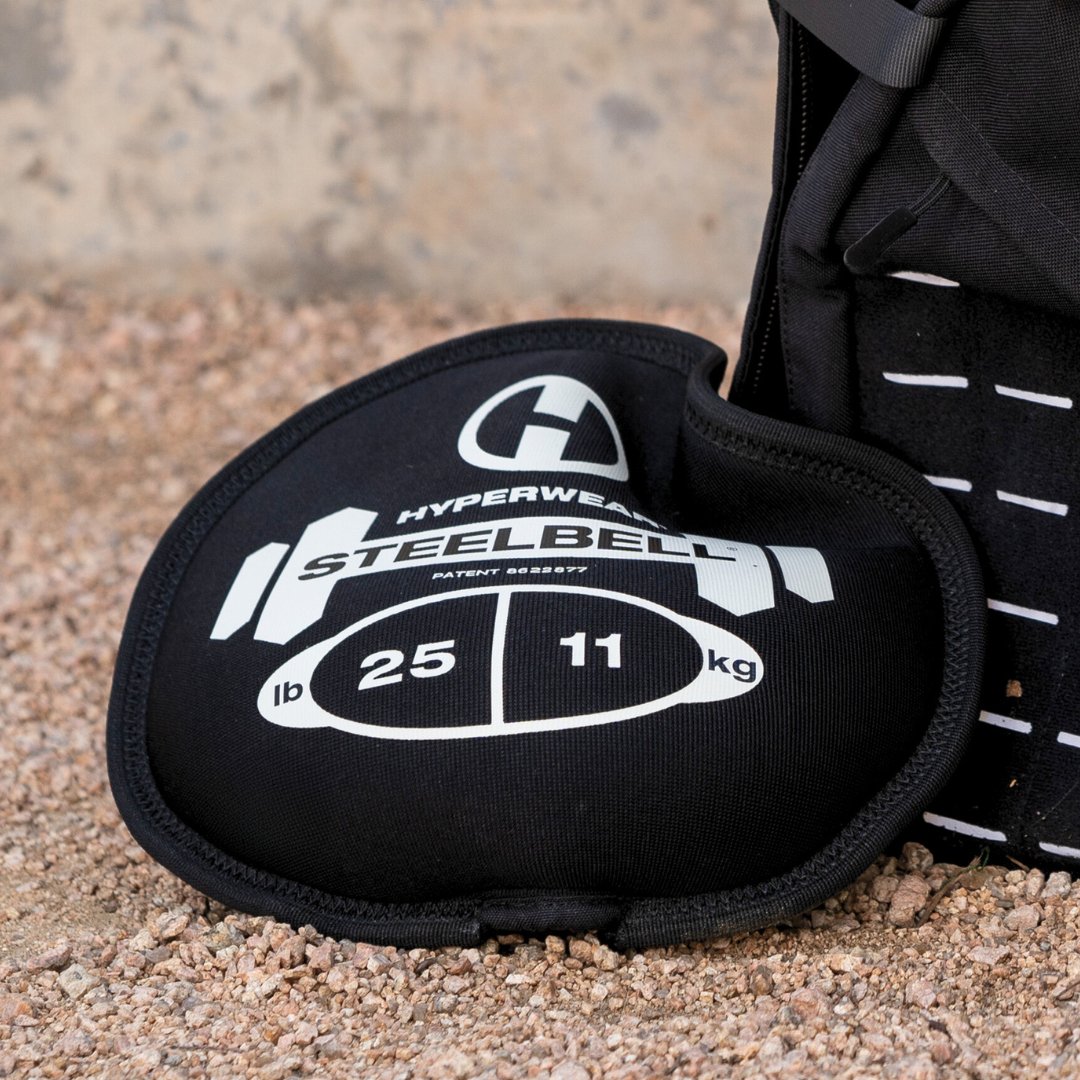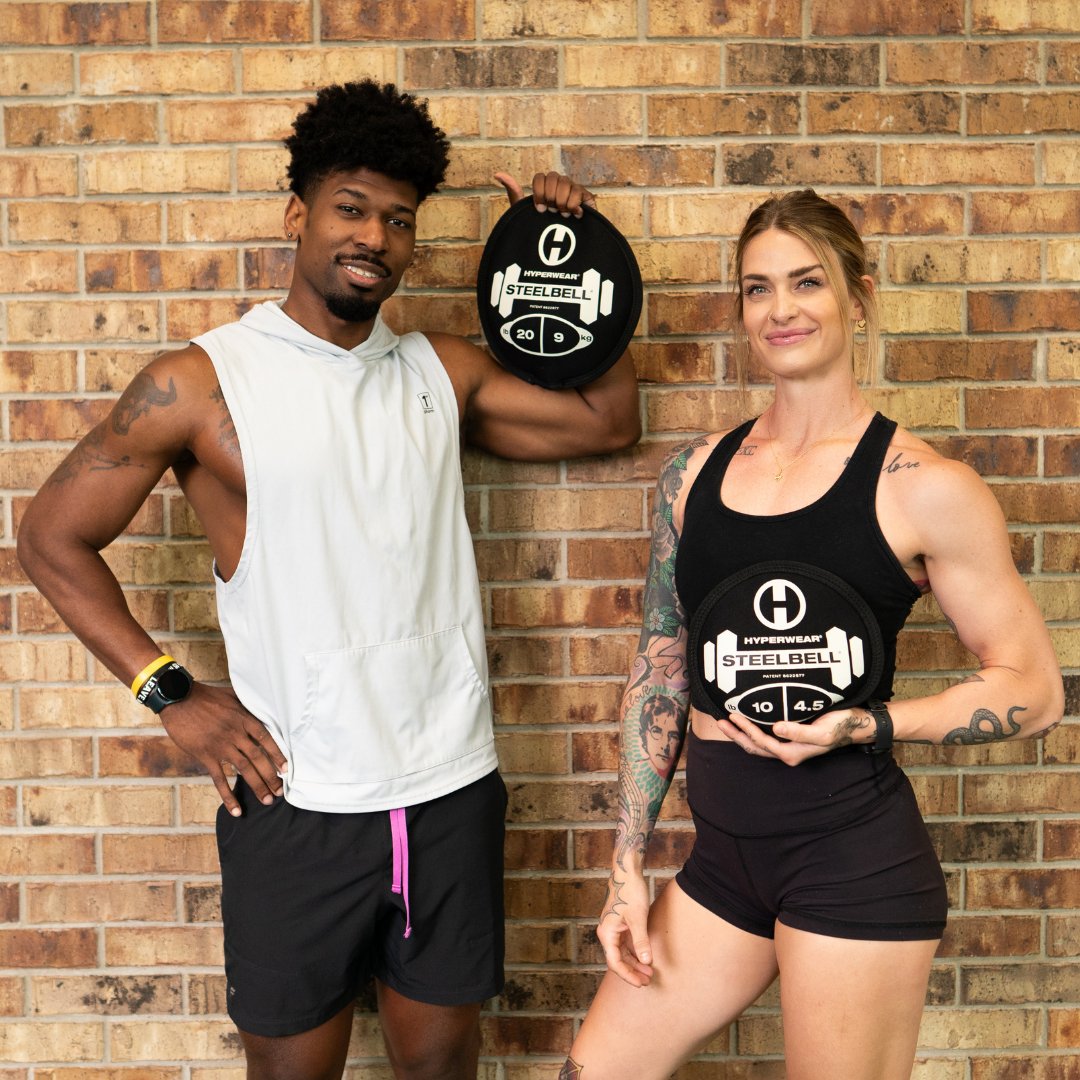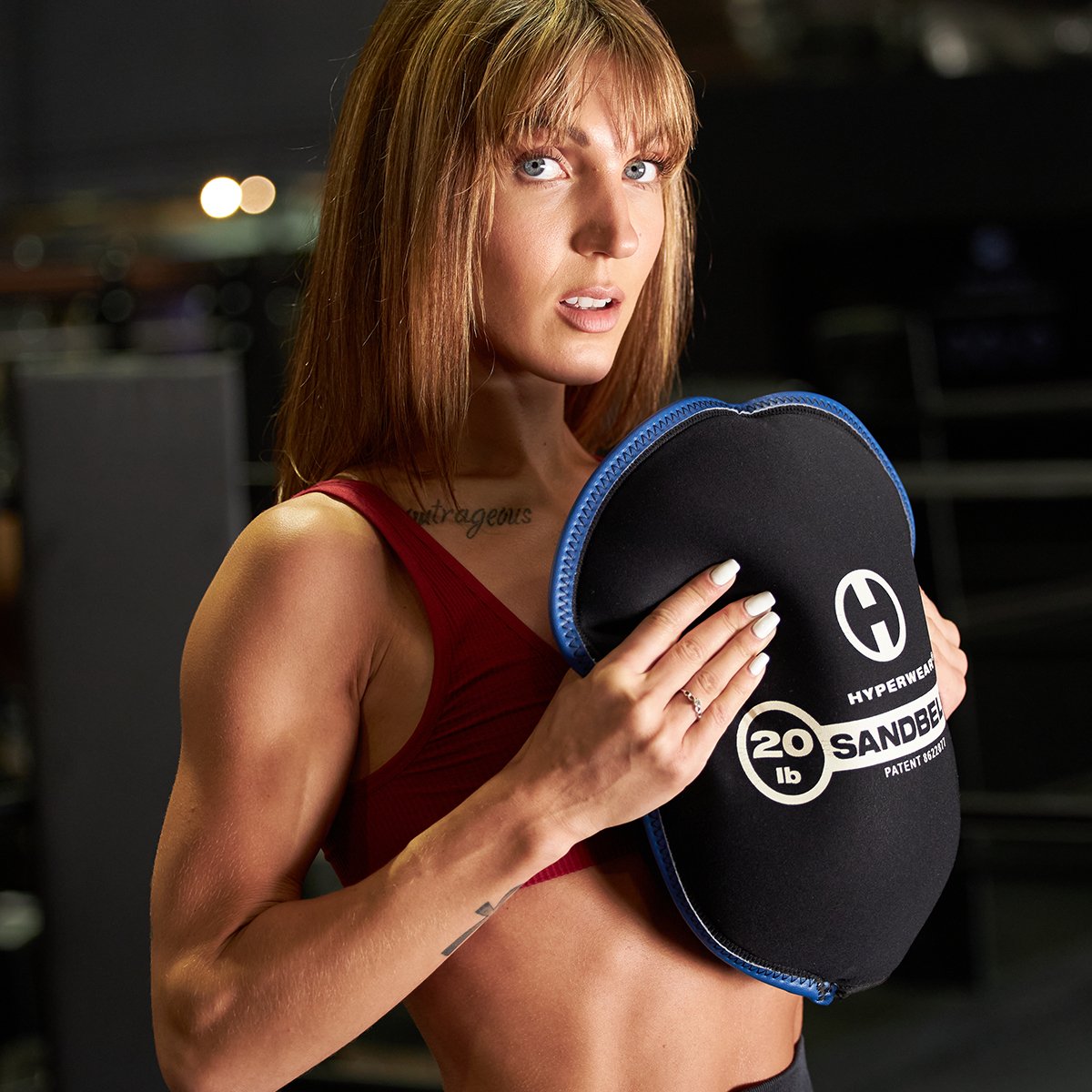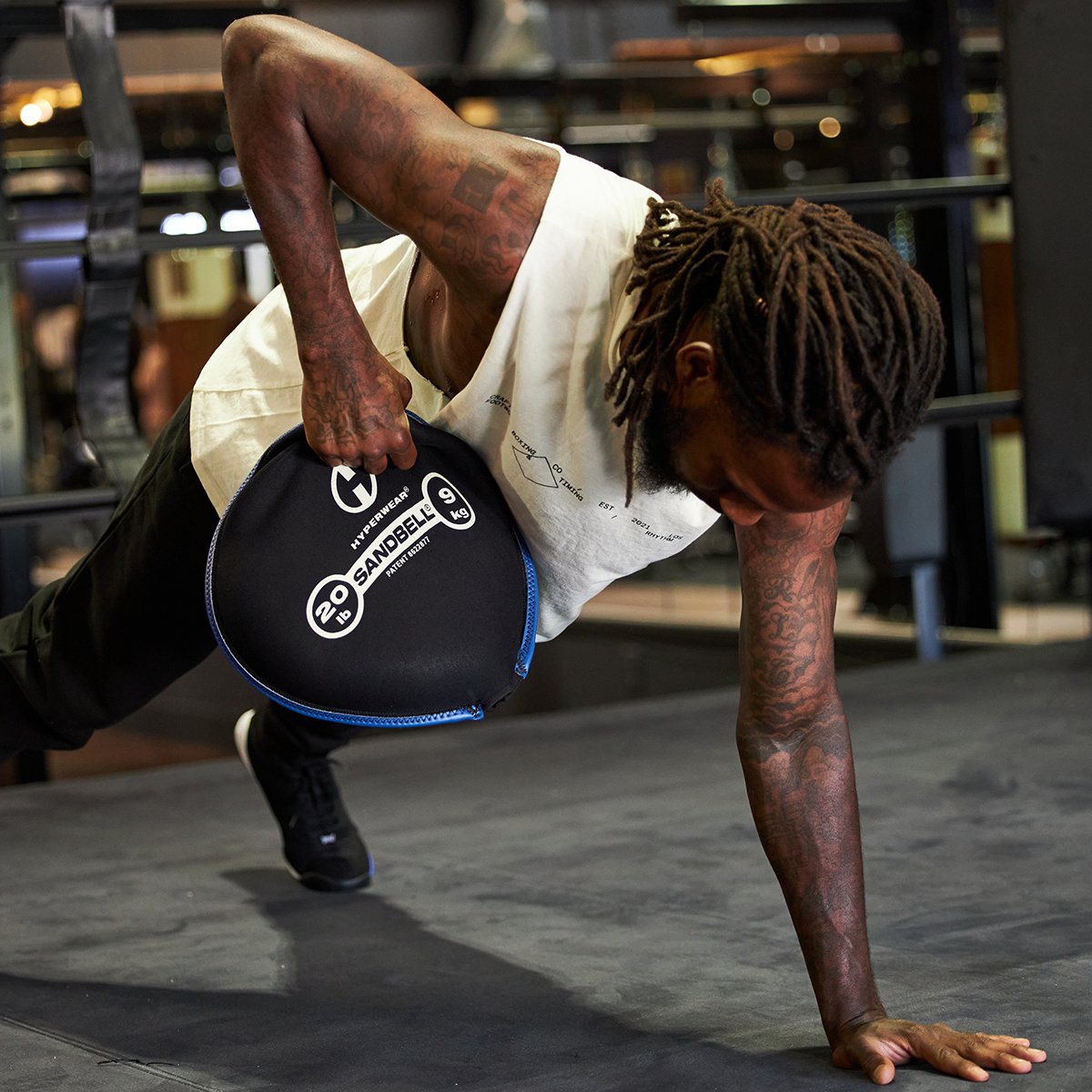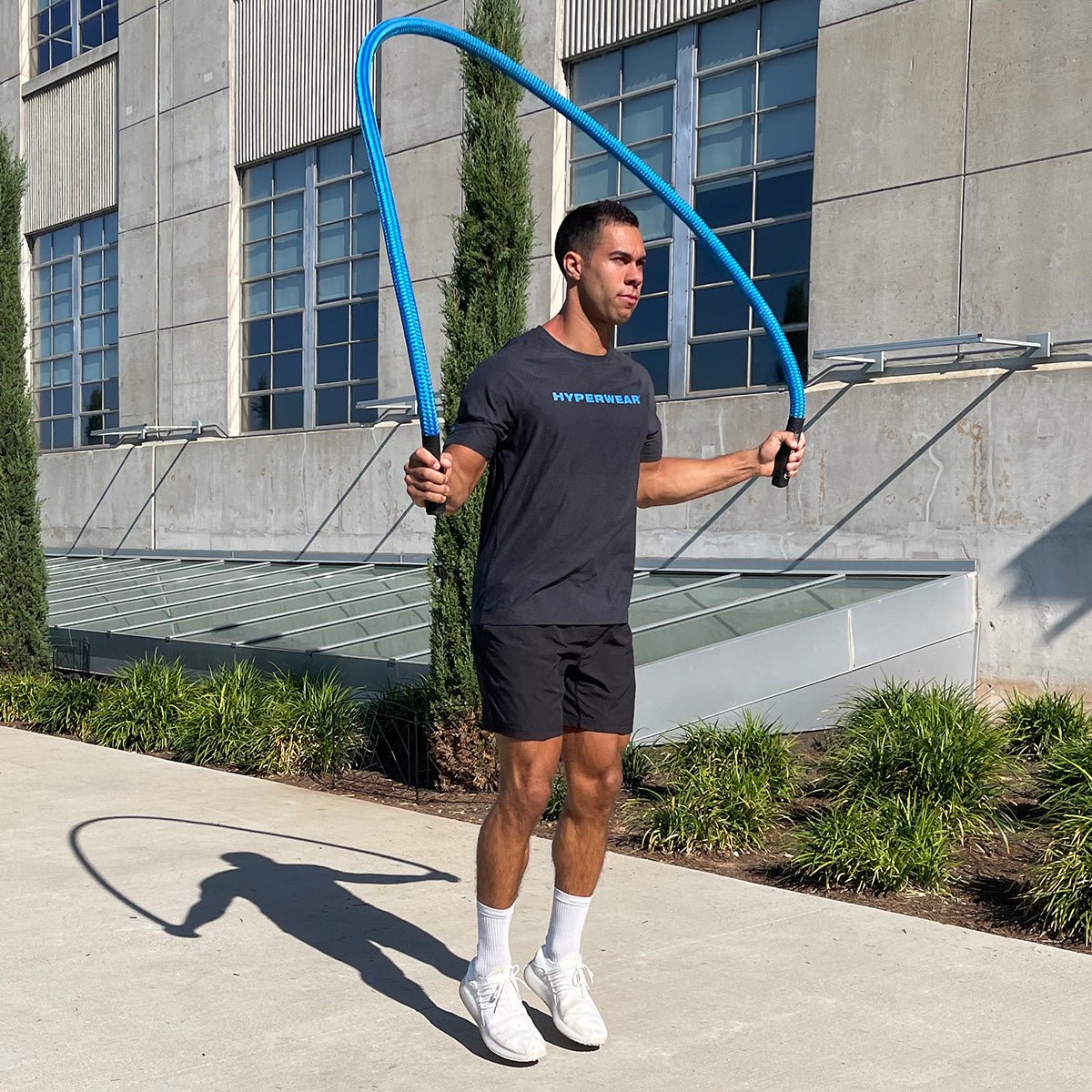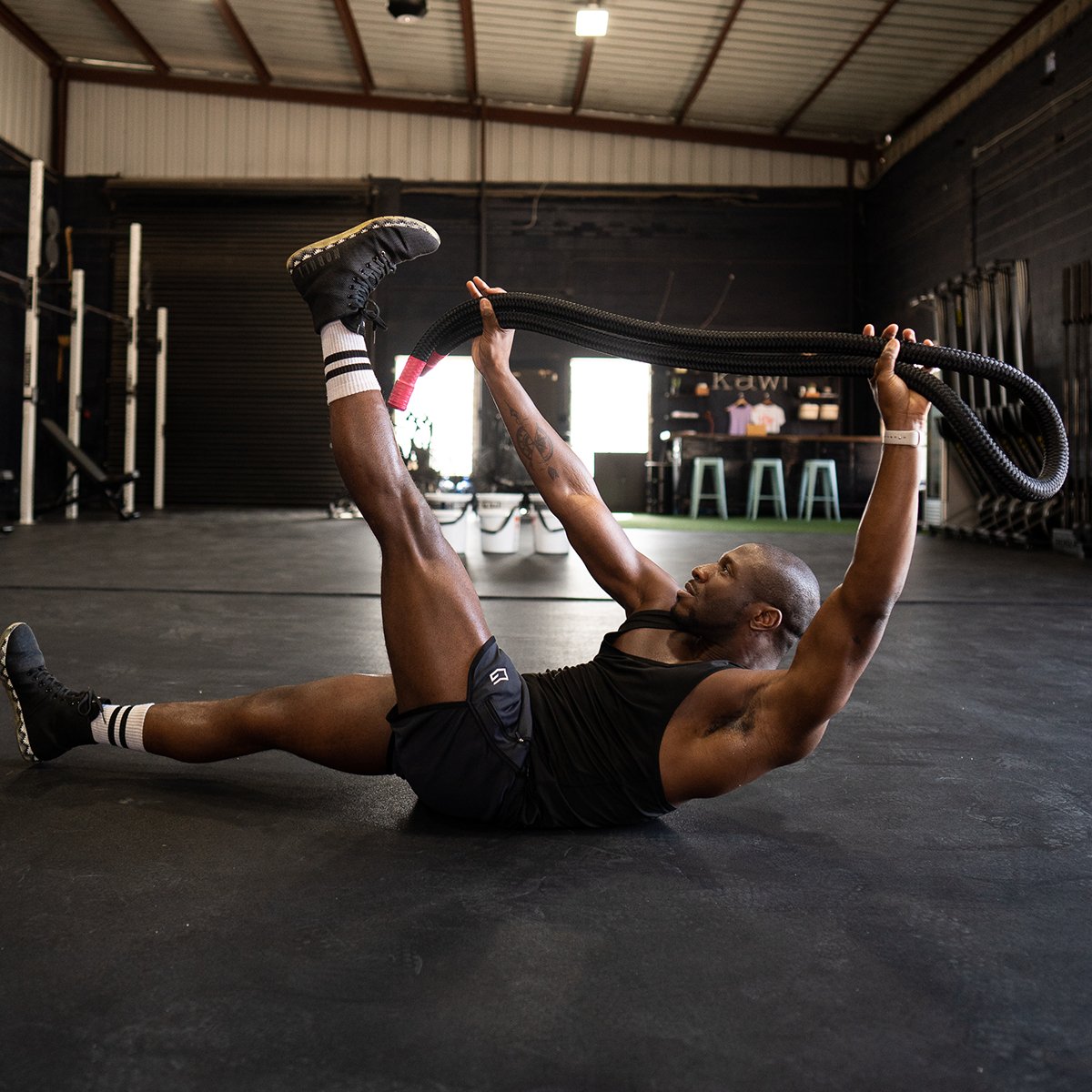Effective Cooling Techniques for Optimizing Athlete Performance in the Heat Including Cooling Vests for Sports
Optimizing athlete performance in outdoor practices, games, and events requires effective cooling techniques. In this article, we explore the importance of cooling strategies in sports and compare the demands of competing in dry heat versus hot and humid conditions. We discuss pre-event cooling options including cooling vests, and talk about in-game cooling options. Finally, we delve into the benefits of phase change cooling vests for sports that work in both heat and humidity.
Hot Conditions vs. Hot and Humid Conditions
Competing in hot conditions, whether with low humidity or in hot and humid environments, places significant demands on athletes. In low humidity, the body's ability to dissipate heat through sweat evaporation is more efficient, but dehydration becomes a greater concern. The same wind that blows dry air across your body sucks the moisture out of you. In low humidity conditions with a breeze or in sports like cycling where you create your own breeze a good evaporative cooling vest is light and efficient. In contrast, hot and humid conditions hinder evaporation, making it challenging for the body to cool down, increasing the risk of heat-related illnesses. That same evaporative vest can become a hot wet mess of extra weight.
Pre-Event Cooling Options
Many research studies have proven the performance benefits of pre-cooling your body before a competition in the heat. By lowering your body's core temperature, lowering your heart rate and respiration, you gain performance going into an event in the heat. There are a few ways to pre-cool before a race or game. Some can be combined and that can be the best option.
Cold Water Immersion
Research published in the Journal of Sports Sciences highlights the effectiveness of cold water immersion as a pre-event cooling technique. Immersing specific body parts, getting into an ice barrel, a cold plunge tub, or taking a cold shower before a sports challenge can lower core body temperature and enhance performance. But any cooling method needs to be part of a pre-game or race preparation about 30 minutes before the start. Cold water immersion techniques are not practical in most cases. Many are expensive and not available before a match.
Cooling Vests
Cooling vests for sports are low cost, portable and can sometimes even be used during a race or game. Evaporative cooling vests are often worn during cycling events. Phase change vests are worn by many top F1 race drivers and teams during a race to reduce body temperature. Vests that utilize phase change cooling packs like the INUTEQ-PAC® bio-based product are available at different temperatures. The cooling duration will be shorter or longer depending on the temperature selected. These vests help regulate body temperature before and during activities. The coldest CoolOver using Inuteq Pac technology is orange and hits a 6.5C / 44F cooling point. This is ideal for pre-cooling as it is cold enough to be effective, will last for a 30-45 minute pre-race warmup and will not cause freeze burns like ice vests.

Drinking Ice Water
Often overlooked is the benefit from simply drinking ice cold water to pre-cool. Obviously this also helps with hydration too. By itself, drinking ice water or slush water provides a limited benefit. However, using it in combination with a cooling vest is a great strategy.
Cooling Towels and Neck Fans
Cooling towels soaked in cold water and personal fans worn around the neck can provide immediate relief by promoting evaporative cooling. These portable and accessible options are convenient for athletes during practices and events. Cooling the neck area is a good area to target. This is more helpful to reduce heat related illness during sports than as a performance boost.
Sports Cooling Options During Games, Events and Practices
Addressing Heat Illness Susceptibility
Certain athletes may be more susceptible to heat illness. They need extra attention to cooling strategies like a cooling vest for sports. It is crucial to monitor their hydration levels, encourage frequent breaks in shaded areas, and prioritize cooling techniques such as using cooling vests, cold water immersion, cooling towels, and personal fans. Take advantage of half-time breaks or down-time between heats and sets to get excess heat under control.
Phase Change Cooling Vests for Heat + Humidity
No option is better than phase change cooling vests when the humidity is high. They offer active cooling that does not depend on a breeze and low humidity. Cooling vests with phase change packs are portable and can be stored in a cooler on the sidelines for convenience. The Hyperwear CoolOver cooling vest for athletes is designed specifically for athletes, providing a customizable and prolonged cooling effect. With its phase change cooling packs, the CoolOver offers targeted cooling to regulate body temperature and optimize performance. The Hyperwear CoolOver has been developed based on scientific research and athlete feedback to ensure optimal comfort, flexibility, and cooling benefits.
Final Advice on Cooling Vests for Sports
Effective cooling techniques play a vital role in optimizing athlete performance during outdoor practices, games, and events. The demands of competing in hot conditions with low humidity differ from those in hot and humid conditions. Evaporative cooling vests are great for sports like cycling, but ineffective in high humidity. Pre-cooling options such as cold water immersion, cooling vests, cooling towels, and neck fans can help.
In a study conducted prior to the Olympic Games in Tokyo Japan researchers recommeded a combination of wearing a cooling vest and drinking ice cold water:
"Furthermore, combination of beverage consumption and vest wearing, which are portable and inexpensive approaches, may be recommended to players and practitioners prior to training sessions and match play events to counter the challenge of heat stress." Minxiao Xu, Zhaozhao Wu, Yanan Dong, Chaoyi Qu, Yaoduo Xu, Fei Qin, Zhongwei Wang, George P. Nassis, Jiexiu Zhao. (2021) A Mixed-Method Approach of Pre-Cooling Enhances High-Intensity Running Performance in the Heat. Journal of Sports Science and Medicine (20), 26 - 34.
By addressing the needs of athletes susceptible to heat illness and utilizing innovative cooling technologies, athletes can excel during a time of global warming while maintaining optimal performance levels. Check out the advanced CoolOver cooling vest for athletes used by professional teams and competitors.

